- Home
-
Egypt Day Tours
- Cairo Day Tours
- Luxor Day Tours
- Aswan Day Tours
- Sharm El Sheikh excursions
- Hurghada Day tours
- Dahab Day Tours
- Taba Day Tours
- Marsa Alam Day Tours
- Cairo Day Tours from Airport
- Cairo Half Day Tours
- Cairo Overnight Tours packages
- Cheap Giza Pyramids budget Tours
- Egypt Wheelchair Accessible Day Tours
- Cairo Cheap Budget Tours
- Alexandria day tours
- Nuweiba excursiones
- El Gouna Day Tours
- Port Ghalib Day Tours
- Soma Bay Excursions
- Makadi Bay Excursions
-
Egypt Travel Packages
- Egypt Desert Safari Tours
- Egypt Classic Tours
- Egypt Christmas Tours
- Egypt Easter Tours
- Egypt Luxury Tours
- Egypt Nile Cruise Tours
- Egypt Holidays Hot Offers
- Egypt Tour Itineraries
- Cairo Short Breaks packages
- Egypt Wheelchair Accessible Tours
- Honeymoon Tour Packages
- Egypt Cheap Budget Tours
- Egypt group tour packages
- Egypt Luxury Small Group Tours
- Egypt Family Tours
- Egypt and Holy Land Tours
- Egypt Shore Excursions
Latest Articles
-
![Atlas Studios Atlas Studios]()
Atlas Studios
Atlas Studios, also known as Film City, is a well-known film studio in Morocco. It has been used as a filming location for many international movies and TV shows.
-
![Rabat Rabat]()
Rabat
Rabat is the capital city of Morocco, located on the country's Atlantic coastline. It is situated across the Bouregreg River from the city of Salé and forms the Rabat-Salé urban area. With a rich history dating back to the Roman era, Rabat is known for its blend of modernity and traditional Moroccan architecture.
-
![Erfoud Erfoud]()
Erfoud
Erfoud is a city located in eastern Morocco, known as the gateway to the Sahara Desert. It is a popular destination for travelers seeking to explore the stunning desert landscapes and experience the unique culture and hospitality of the region. Erfoud offers opportunities for camel trekking, visits to the nearby Merzouga Dunes, and exploring the local markets and traditional crafts.
-
![Merzouga Dunes Merzouga Dunes]()
Merzouga Dunes
The Erg Chebbi Dunes, also known as the Merzouga Dunes, are a stunning natural wonder located in southeastern Morocco. These majestic dunes stretch as far as the eye can see, with some reaching heights of up to 150 meters. The Erg Chebbi Dunes are a popular destination for travelers looking to experience the beauty of the Sahara Desert.
-
![Khenifiss National Park Khenifiss National Park]()
Khenifiss National Park
Explore the beauty of Morocco's natural reserve at Khenifiss National Park. Located in the southwestern part of the country, this park is home to diverse wildlife and stunning landscapes. Visitors can enjoy hiking, birdwatching, and exploring the unique ecosystems found in the park.
-
![Ouzoud Waterfalls Ouzoud Waterfalls]()
Ouzoud Waterfalls
The Ouzoud Waterfalls, located in the Atlas Mountains of Morocco, are a stunning natural wonder and a popular tourist destination. The falls cascade over a series of rocky cliffs, creating a breathtaking sight and a refreshing mist in the air. Visitors can hike down to the base of the falls, passing by olive groves and encountering local Barbary macaque monkeys along the way.
History of Egypt
Egyptian History
Discover all you want to know more about the history of Egypt which is one of the longest and richest histories in the world. The history of Egypt is unique and fascinating, due to the influence of other countries and cultures. The Nile River was essential for the development of this civilization, providing a stable life and plentiful food. This allowed the Egyptians to focus on other things and activities, and also practice their religious beliefs. Our Egypt luxury tours provide a unique perspective on the history of Egypt, with professional tour guides who will show you all the fascinating details of this exceptional culture. Whether you're interested in ancient ruins, the ancient Egyptian religion, or the fascinating history of the Nile River, our tours will allow you to explore all of it.
Cairo Top Tours can help you explore the beauty and significance of ancient Egyptian culture. With Cairo Top Tours, you'll have access to all the best archaeological sites in Egypt.
We can help you learn about this fascinating culture, which was a mystery until the secrets of the ancient Egyptian hieroglyphs were finally discovered. This happened when the Rosetta Stone was found during the French occupation of Egypt in the late 16th century.
During your Giza Pyramids tour, visit the Great Pyramid of King Cheops, the ancient Lighthouse Pharos, and the Library of Alexandria, which was once the only one of its kind.
We're going to tell you about all the different periods of Egyptian history so that you can better plan your trip to Egypt. This will help you choose the right Egypt Travel Packages or day tour including the Giza pyramids tour and the Egyptian museum, or you can try touring some of the major sites on our Cairo day tours. Also, You can plan a special trip on an Egypt Nile Cruise to see two amazing cities in Egypt called Luxor and Aswan.
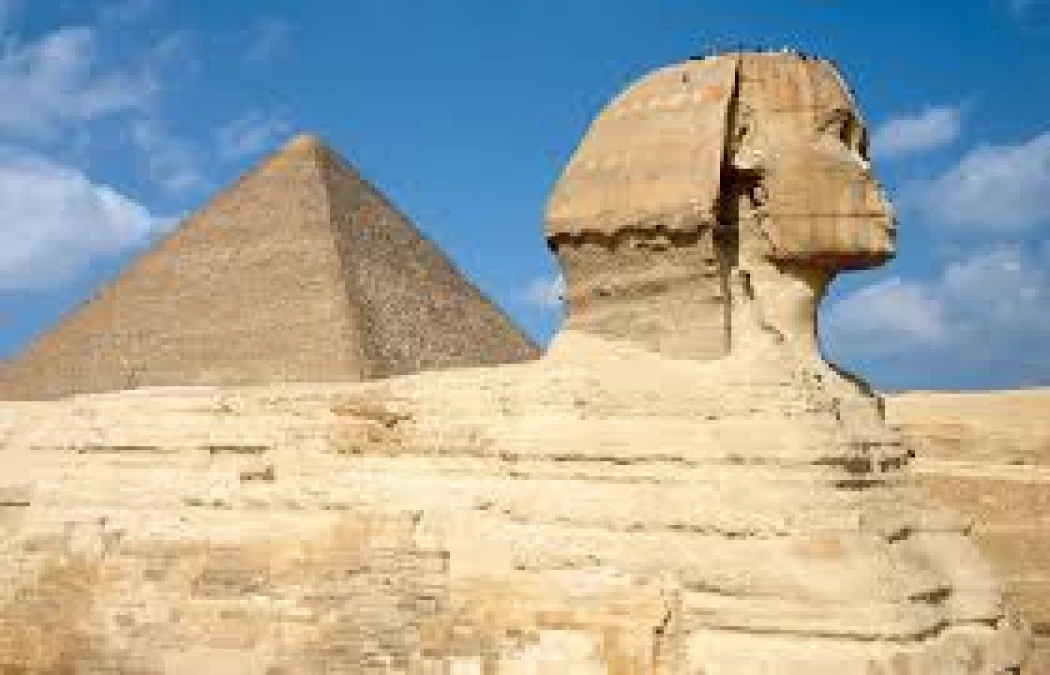
The Old Kingdom of Egypt History
Admin
History of Egypt
The Old Kingdom is the name given to the later period of the Archaic Age.this era is called the era of the pyramid builders because of the beginning of the existence of pyramids in ancient Egyptian architecture and in abundance, so we had from the remains of that period the three pyramids of Giza. and one of the first rulers of this period was King Djoser, owner of the step pyramid.

The Middle Kingdom of Egypt History
Admin
History of Egypt
The Middle Kingdom era is considered one of the most brilliant eras of Pharaonic Egypt, where it was called the era of economic prosperity because the kings of the central country undertook many projects to invest natural resources in order to advance the country. Mentuhotep II managed to unite the country again after the state of chaos that affected Egypt during the era of the first transitional era.

The New Kingdom of Egypt History
Admin
History of Egypt
The New Kingdom of Egypt, also known as the Egyptian Empire, is the period of ancient Egyptian history between the 16th century B.C. and the 11th century B.C. It was Egypt's most brilliant and prosperous era. Ramses II was considered one of the most famous kings of this country.
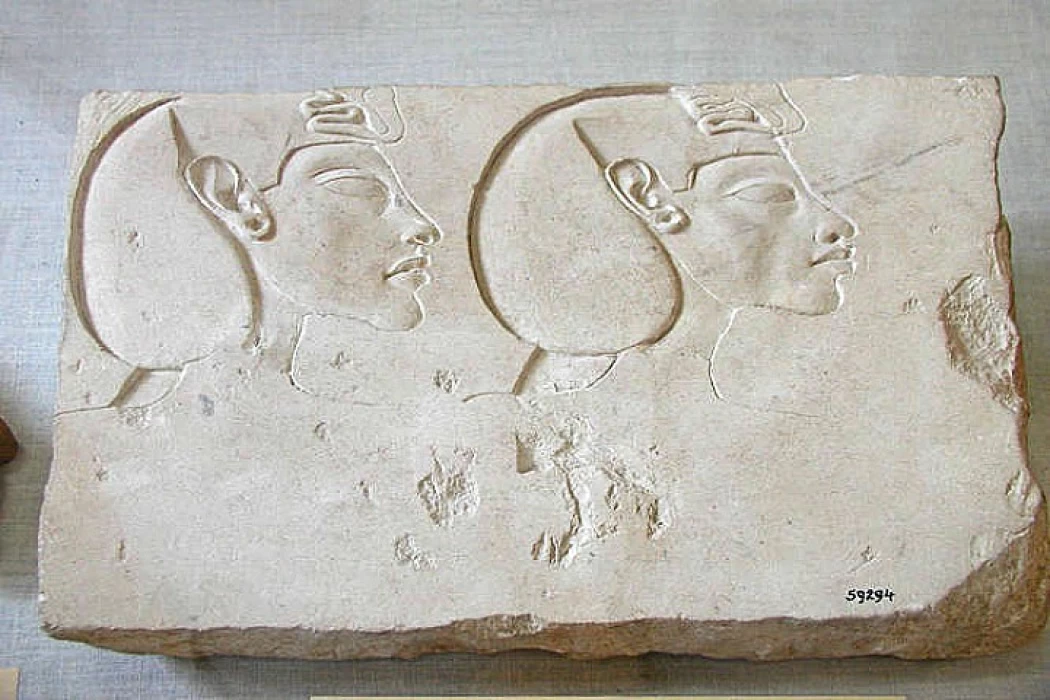
Akhenaten's Rebellion, The First Insurgency | Monotheism in Ancient Egypt
Admin
History of Egypt
Akhenaton is the pharaoh and religious reformer who ruled Egypt for seventeen years. His religious reform was to make the solar disk "Aton" the center of Egyptian religious life and to erase the name of the main Egyptian god "Amun" and his wife "Mut" from monuments and documents throughout the Egyptian Empire.
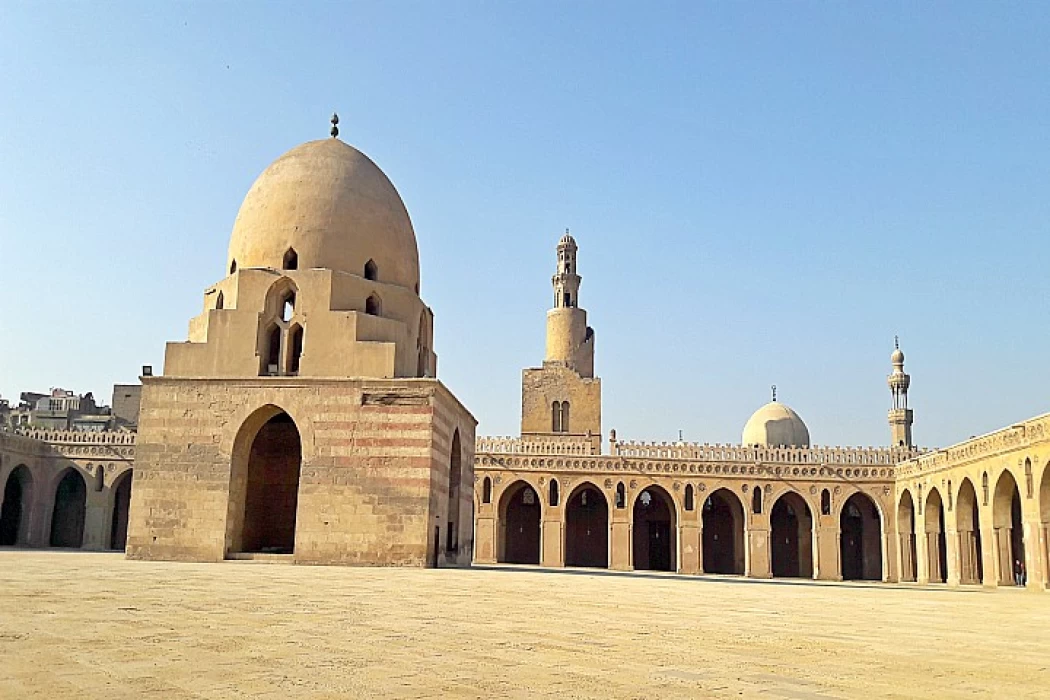
Muslim Conquest in Egypt | The Arab Conquest of Egypt
Admin
History of Egypt
It can be said that the Islamic conquest of Egypt was in the eighteenth year of migration, which is the year corresponding to 640 A.D. during the caliphate of Umar ibn al-Khattab - may Allah be pleased with him - and the leader of the conqueror was the wily Arab companion Amr ibn al-As, may Allah be pleased with him, and he took the road to the Mediterranean coast, reached Al-Arish and conquered it without any significant resistance.
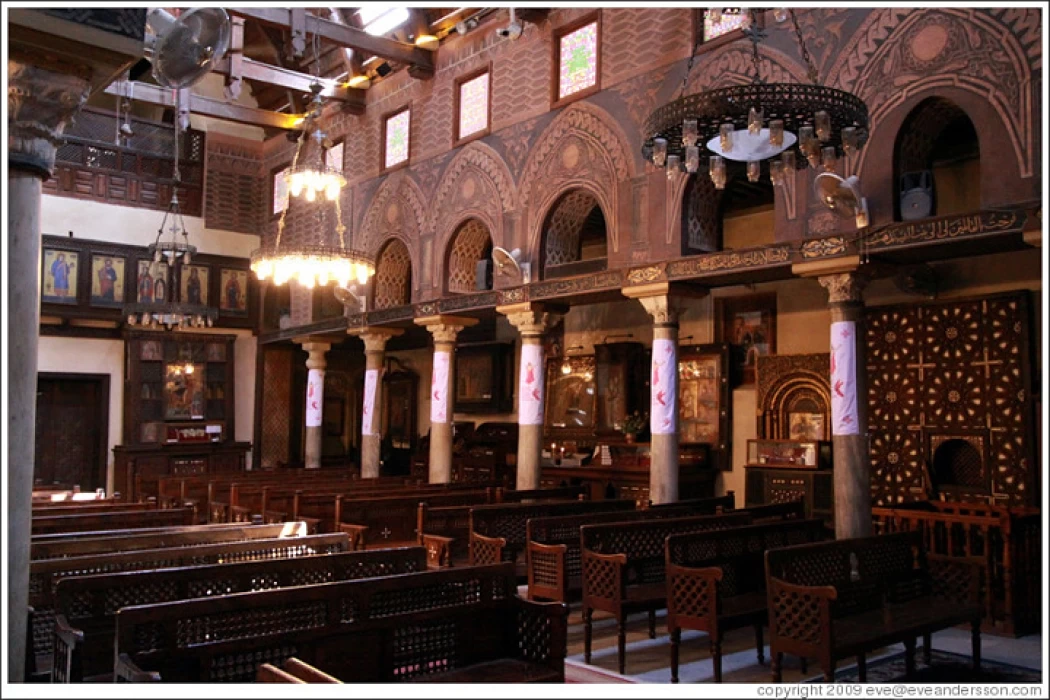
Christianity in Egypt | History of Coptic Christianity in Egypt
Admin
History of Egypt
Egypt is one of the first countries to preach the Gospel message, and before that, the Lord Jesus Christ came as a child with his mother and stepfather Joseph when the angel of the Lord commanded them to go to Egypt because the king intended to kill the king. child Jesus (Matthew 2: 13-15). The Gospel message arrived in Egypt with the apostle Mark, who wrote one of the Four Gospels.

The Greco-Roman Era in Egypt | Egypt Roman Period
Admin
History of Egypt
If the Hellenistic kingdoms fell one after the other to the Romans, Egypt remained independent and did not become a Roman state until 30 BC.
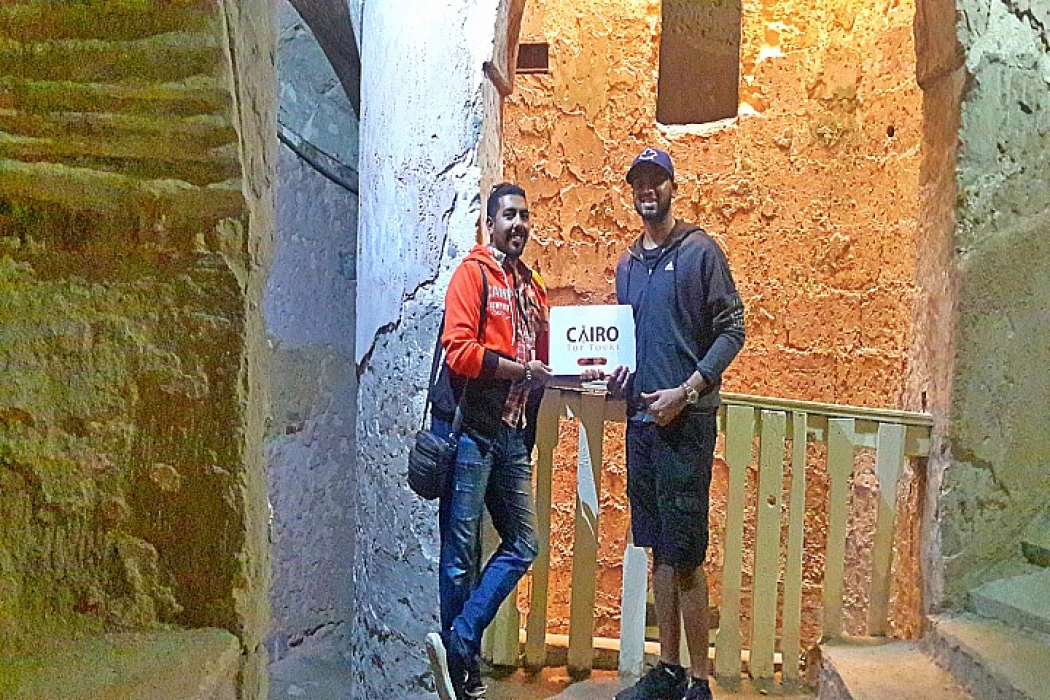
The Ptolemaic Era in Egypt | Dynasty of the Ptolemies
Admin
History of Egypt
The era of Ptolemaic Egypt began during the period of Ptolemy I who declared himself pharaoh of Egypt in 305 BC, and the Ptolemies are a family of Macedonian origin who came to Egypt after the death of Alexander the Great in 323 BC.
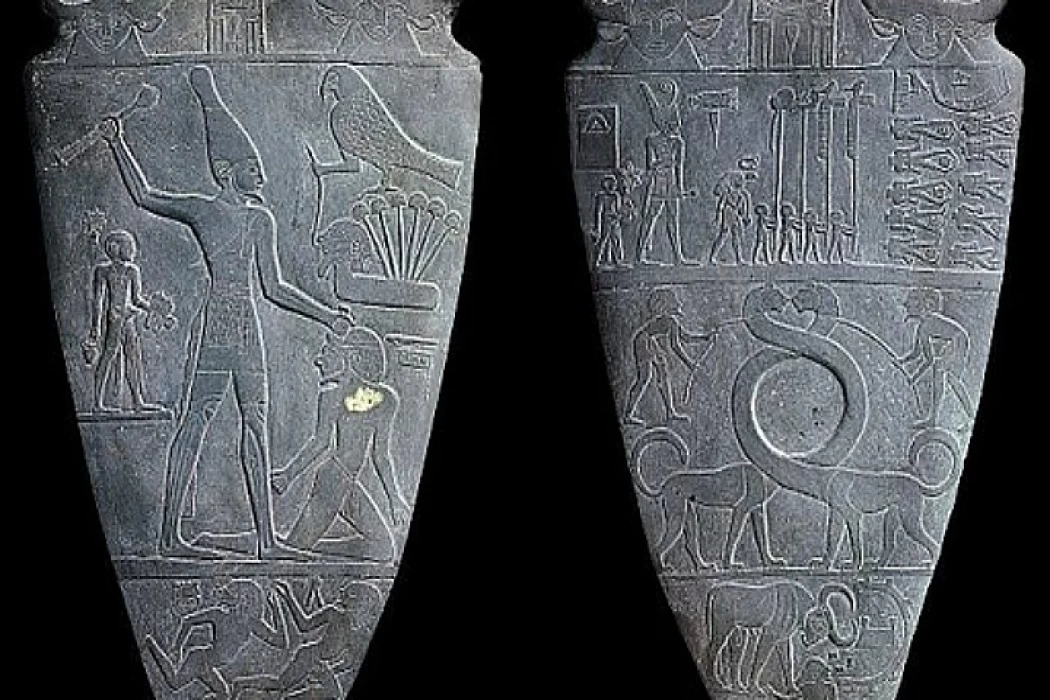
1st Dynasty of Ancient Egypt History
Admin
History of Egypt
the First dynasty of ancient Egypt, was the first Egyptian family that ruled from 3200 BC to 3000 BC. And it is called with the second Egyptian family the title of the ancient era. All sources of Egyptian historiography consistently state that Menes was the first pharaoh.

The Second Dynasty of Ancient Egypt History
Admin
History of Egypt
In fact, so far, we do not know the reasons that led to the fall of the First Dynasty and the rise of the second Dynasty. We do not know the incidents that occurred and ended with the seizure of the throne by another family, and we also ignore the connection between the two families if there is a fact of the transmission of the king from one family to another. We follow Maniton in the divided families, there is no doubt that they have enough documents to justify this division.

The Third Dynasty of Ancient Egypt History
Admin
History of Egypt
The ancient kingdom begins with the beginning of the third dynasty, but in terms of a pure sequence of events, you find that the transition from the second family to the third family took place without any separation or interruption. We find that the first of the kings established a statue of his predecessor, in addition to the fact that we find that the queen "Nai Maat Habi Nymaathapy", who was called by the title "Mother of the royal children."
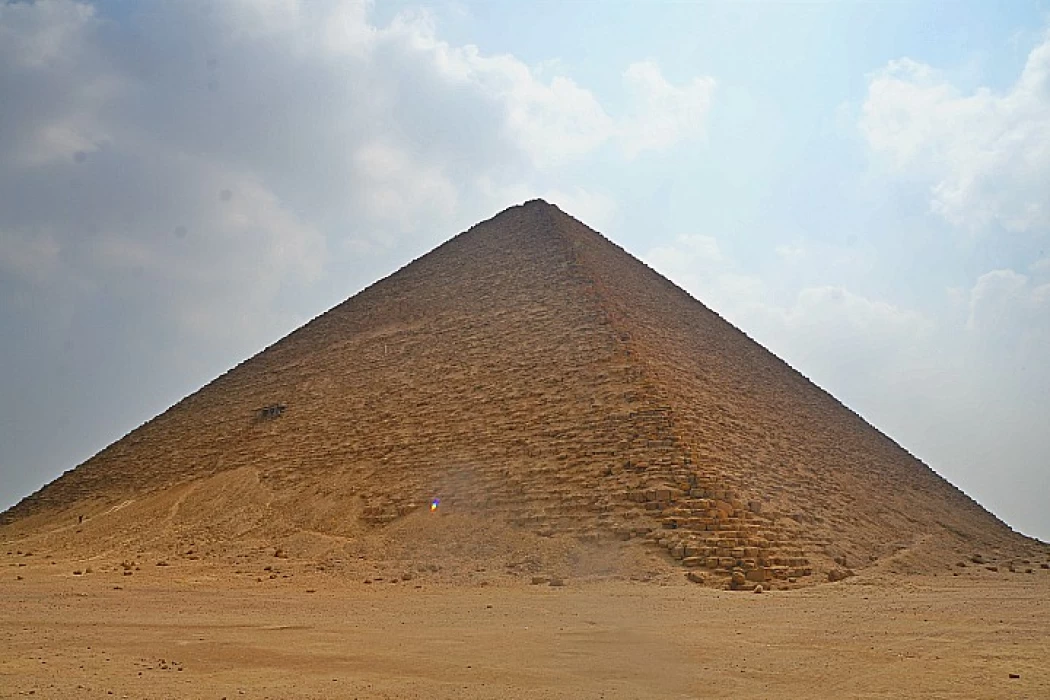
The Fourth Dynasty of Ancient Egypt History
Admin
History of Egypt
The fourth Egyptian dynasty is the fourth of the families that ruled Egypt from (2575 B.C. - 2465 B.C.), followed by the fifth Egyptian family and the sixth Egyptian family and all from the era of the Ancient Empire. The capital of Egypt at that time was Memphis and King Senefru is considered to be the founder of the fourth Egyptian family.
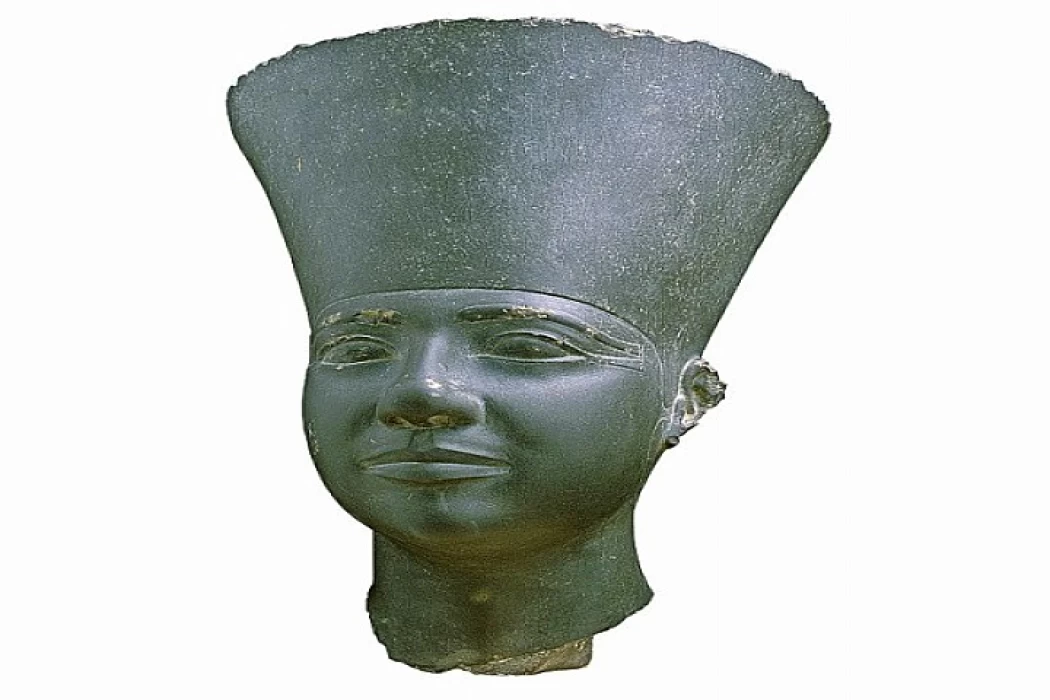
The Fifth Dynasty of Ancient Egypt History
Admin
History of Egypt
The fourth dynasty was followed by the fifth dynasty and is composed of 9 kings who ruled Egypt from 2465 to 2323 B.C. Find out more about the fifth dynasty of ancient Egyptian history with Cairo Top Tours!
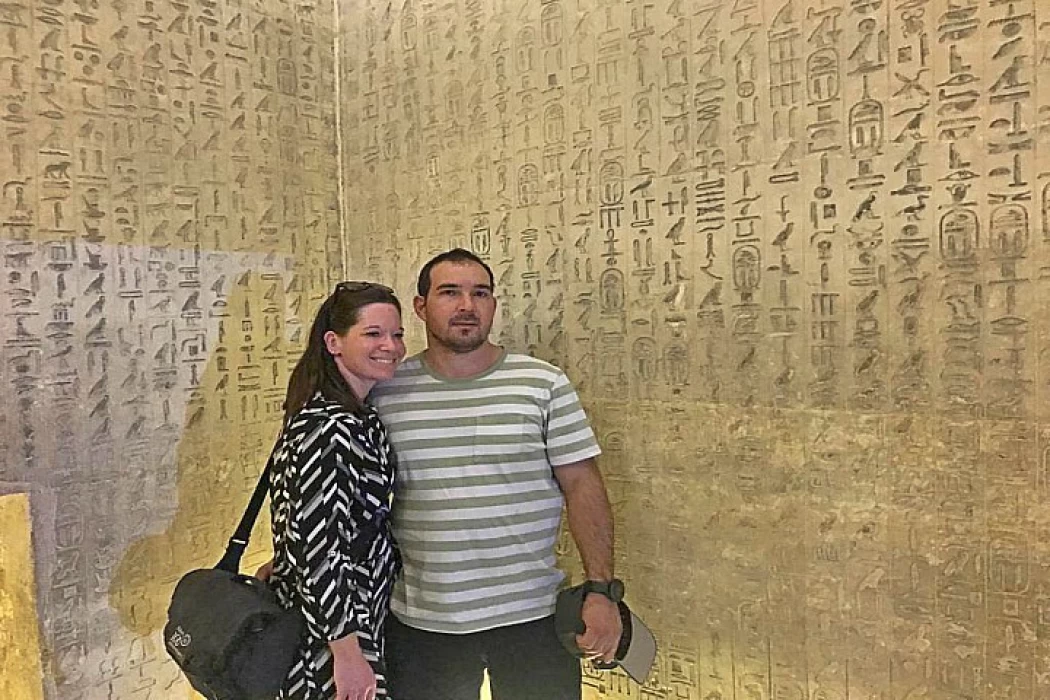
The Sixth Dynasty of Ancient Egypt History
Admin
History of Egypt
The Egyptian Sixth Dynasty, with the Third Dynasty, the Fourth Dynasty, and the Fifth Dynasty together form the Old Kingdom. We have not yet inferred the reasons that led to the transfer of power from the Fifth Dynasty to the Sixth Dynasty, but it appears that this transfer took place in an atmosphere not enveloped by any political tumult.
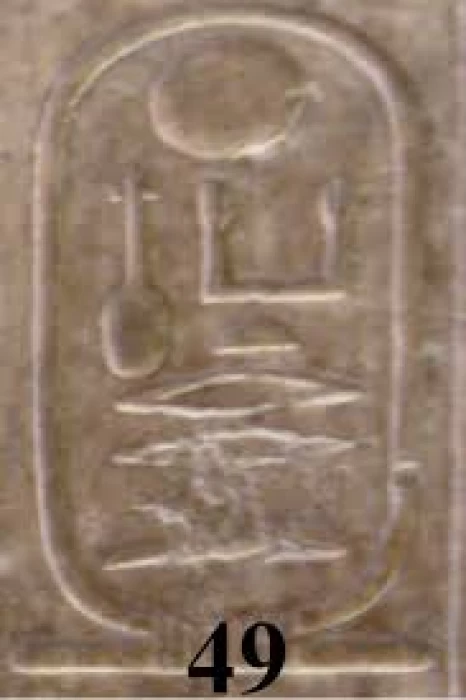
The Seventh Dynasty of Ancient Egypt History
Admin
History of Egypt
The seventh dynasty is a well-known king in Egyptian history. Seventh to tenth families, as well as the eleventh, are known as the First Intermediate Period. Little is known of the kings of the seventh and eighth dynasties, as it was a period of confusion in the history of Egypt.
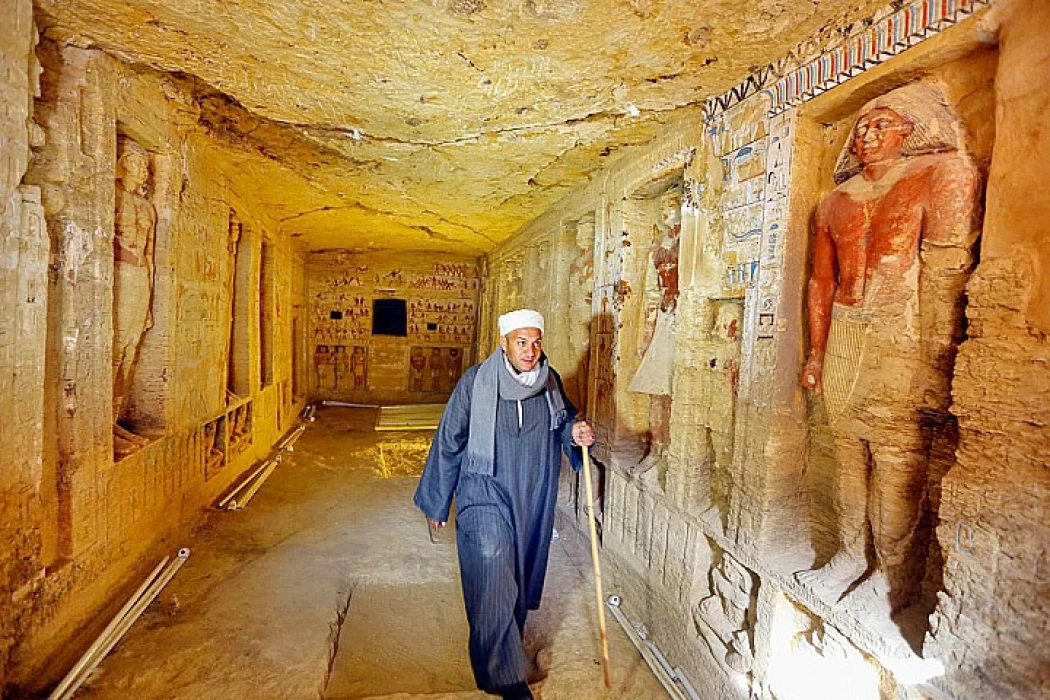
The Eighth Dynasty of Ancient Egypt History
Admin
History of Egypt
During the Eighth Dynasty era, we found that the pharaohs of this family remained conservative in calling themselves by the names of their predecessors in most cases. For example, we find among the kings of the Eighth Dynasty, five pharaohs called the name "Nefer Ka Ra" and one was called "Djedkara" and another called himself "Nefer Er Kara".

The Ninth Dynasty of Ancient Egypt History
Admin
History of Egypt
We know nothing about the conflict that probably arose between the princes of Ahnasia and the later Eighth Dynasty kings at Memphis, and we know nothing about the position of the governors of the provinces of the new family when they were raised, but it can be said that the general conditions did not differ much from the previous ones and the new kings continued to demand kindness from the powerful rulers and to ask them for help.
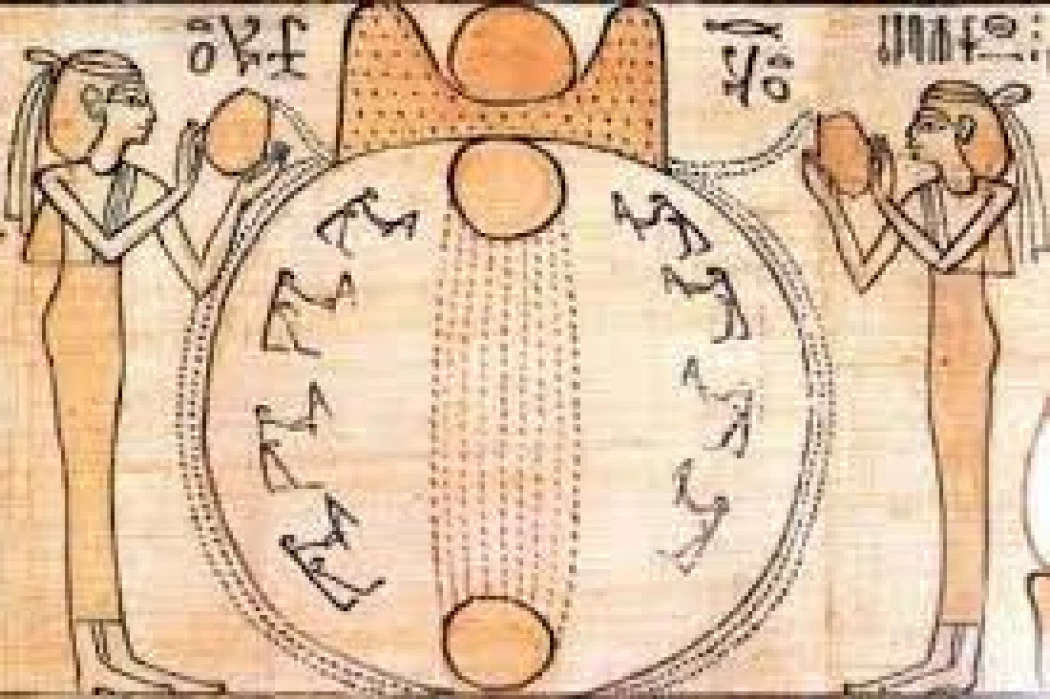
The Tenth Dynasty of Ancient Egypt History
Admin
History of Egypt
The reasons for the transfer of government from dynasty IX to dynasty X are still unknown, especially since we recognize through the names of their kings a type of communication. The Egyptians also used the phrase "Khatti dynasty" to refer to them. It is never ruled out that the division of the pharaohs of Heraclius into two families was due to a reinterpretation of the origins of the Egyptian monarchy. Be that as it may, the tenth family includes fourteen pharaohs, most of whom are unknown.
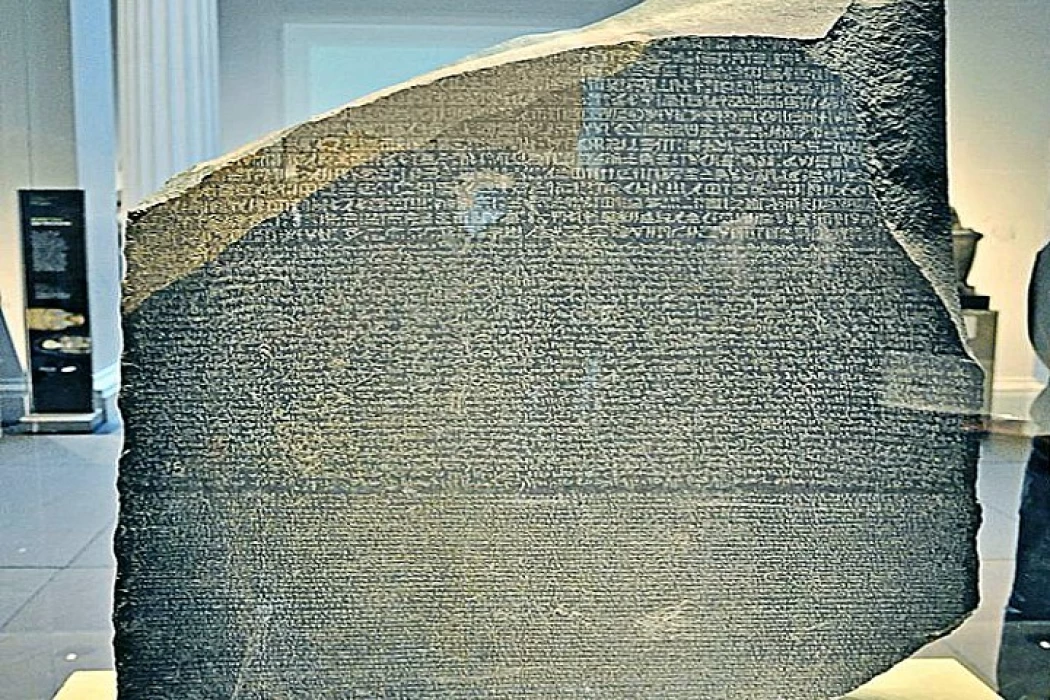
The French Expedition in Egypt
Admin
History of Egypt
Before the French campaign against Egypt, Charles Majalon, the French consul in Egypt, presented his report to his government on February 9, 1798 A.D., inciting it to the necessity of occupying Egypt, showing the importance of the seizure of Egyptian produce and trade by his country. and enumerating the advantages expected to accrue to France behind That.
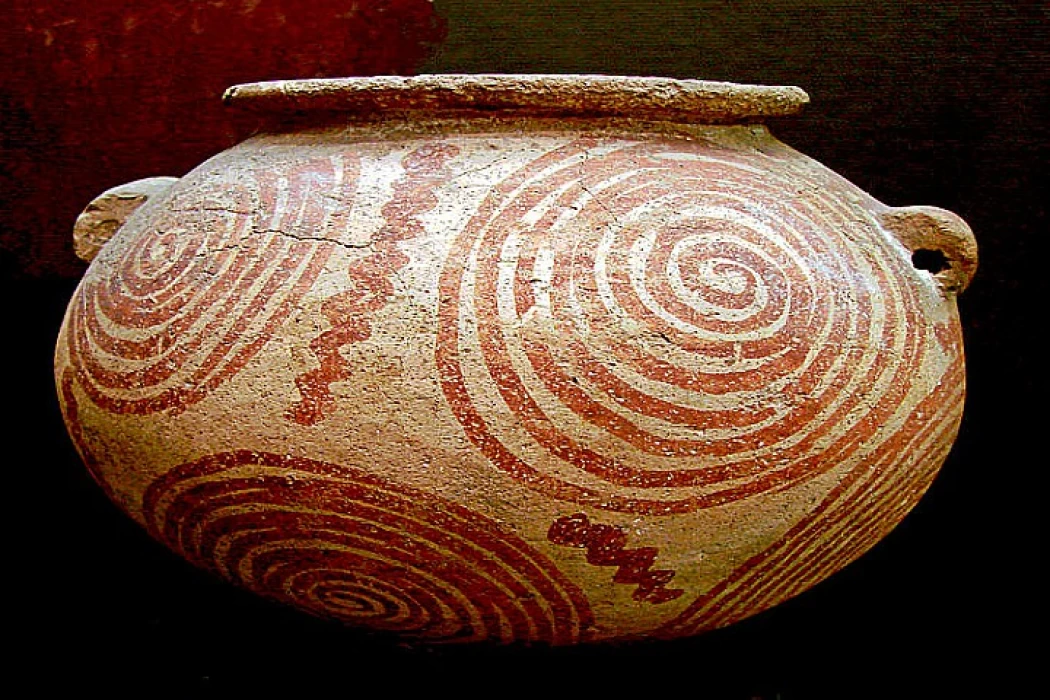
Naqada period in ancient Egypt
Admin
History of Egypt
The porcelain industry that spread during the era of the Naqada I began to disappear and began to appear plates, cups, and ornamental vases made with the mixed child. The formation of this substance was more difficult than the formation of the indigo child, but solid vessels suitable for preserving food for a long time are saved.
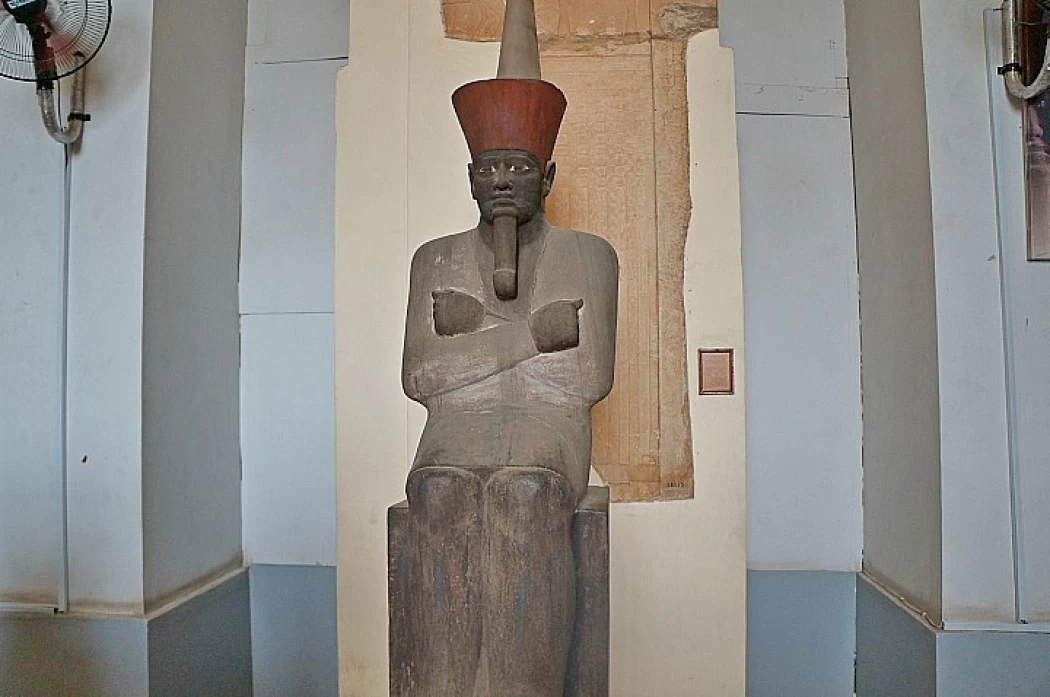
The Eleventh Dynasty of Ancient Egypt History
Admin
History of Egypt
The eleventh family is the eleventh dynasty of the ruling families in Pharaonic Egypt and ruled from 2134 B.C. to 1991 B.C. The first date of the Middle Kingdom begins with the rule of the first ruler in Thebes, named Entef, and the second date begins with the realization of the political unity of the country, as the central authority in Egypt has united again after the long period of unrest thanks to the rulers of Thebes and their efforts, and the most important king of this era is Mentuhotep II.
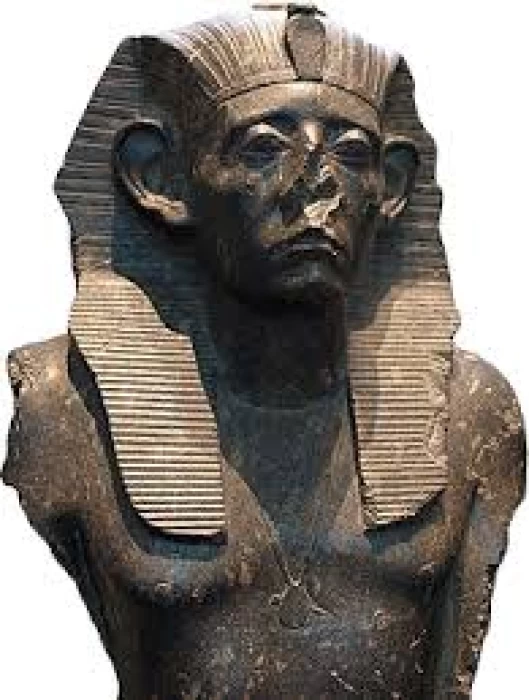
The Twelfth Dynasty of the History of Ancient Egypt
Admin
History of Egypt
This dynasty was founded by King Amenemhat I, who was the last minister of the eleventh dynasty, and this twelfth family has endured tremendous difficulties in imposing its control and legitimacy on the sons of the previous dynasty.

The Thirteenth Dynasty of the History of Ancient Egypt
Admin
History of Egypt
The thirteenth Egyptian dynasty is the first family in its era that began the Hyksos invasion of Egypt, and shares with the eleventh dynasty, the twelfth dynasty, and the fourteenth dynasty in being all in the Middle Kingdom. The reign of this family began in the period ( 1790 BC - 1649 BC ) .
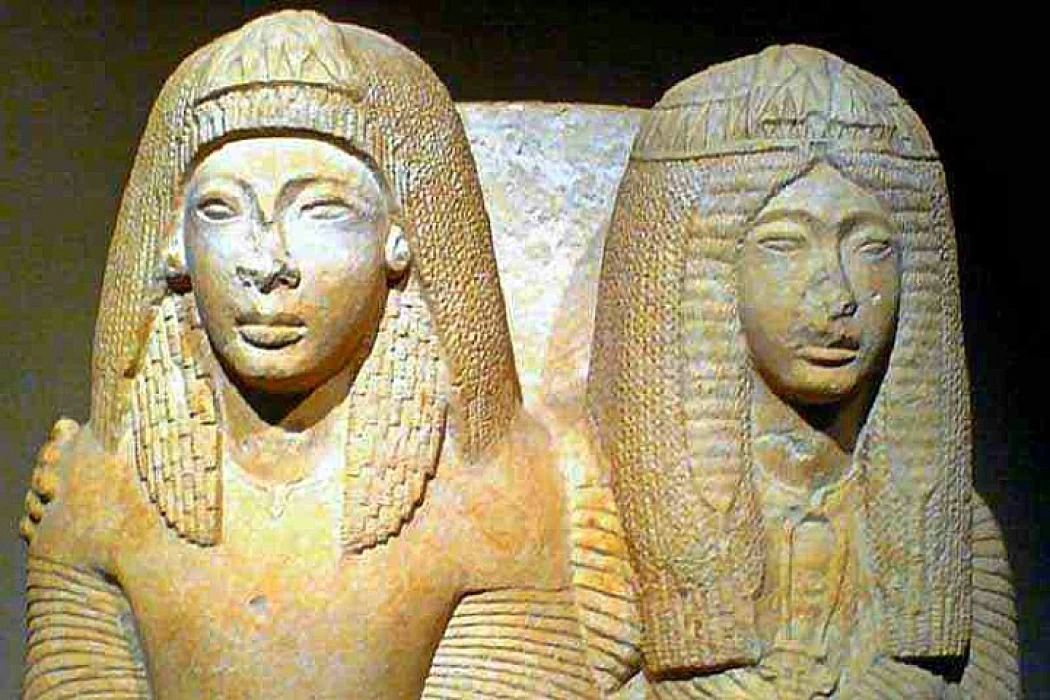
The Fourteenth Dynasty of Ancient Egypt
Admin
History of Egypt
The Hyksos, the fourteenth dynasty, began in 1548 B.C., which initiated the era of the Second Middle Kingdom.
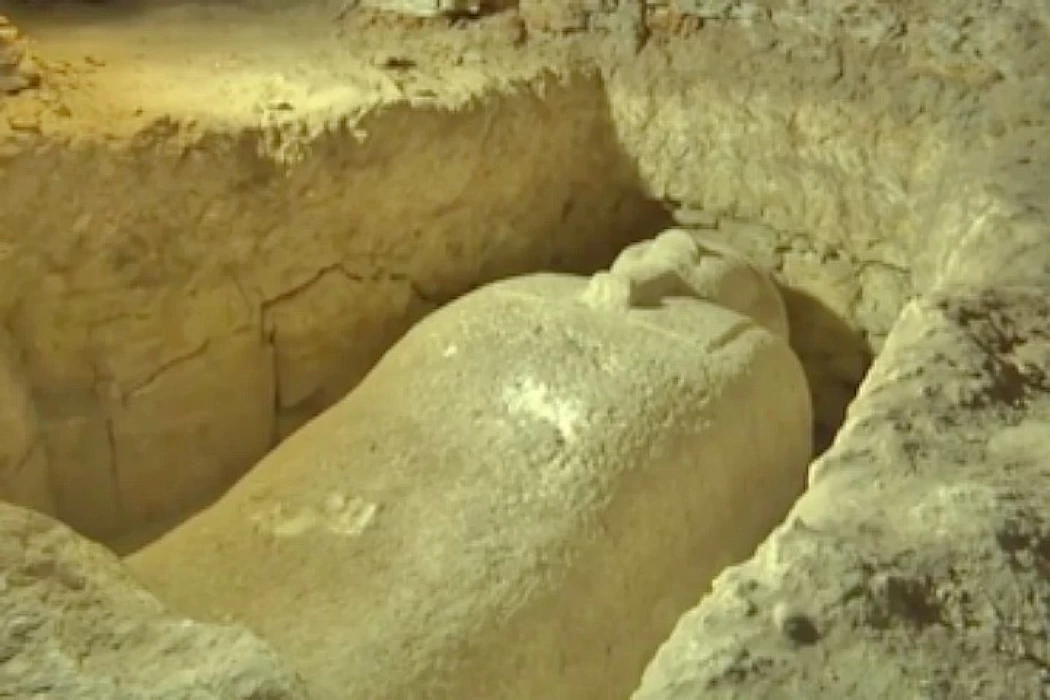
The Fifteenth Dynasty in Ancient Egypt
Admin
History of Egypt
The 15th Dynasty, the first Huxusian family in Egypt, ruled from Ejtawai without controlling Egypt but preferred to remain in northeastern Egypt soon from where they infiltrated Egypt.

The Sixteenth Dynasty in Ancient Egypt
Admin
History of Egypt
During the XIII dynasty, Egypt lost control of Nubia and the residents moved from Etj-Tawi to Thebes.
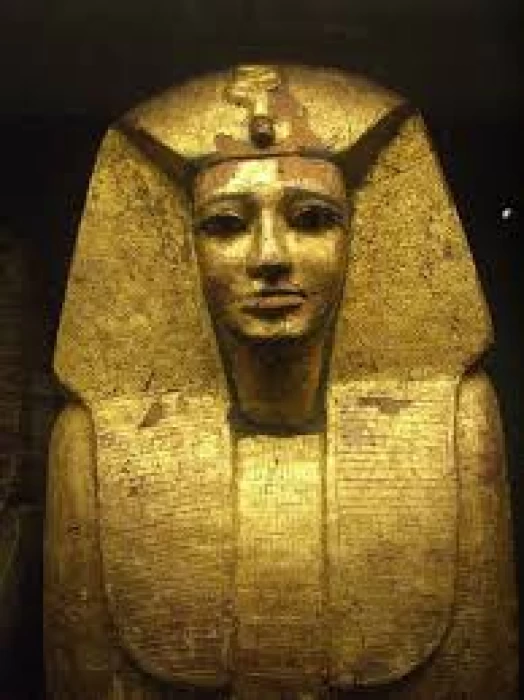
The Seventeenth Dynasty in Ancient Egypt
Admin
History of Egypt
The last governor of the 17th dynasty, known as the "invader" of the Hyksos for delivering Egypt.

The Eighteenth Dynasty in Ancient Egypt
Admin
History of Egypt
The 18th Egyptian dynasty is an ancient pharaonic family that ruled Egypt in the period (1550 BC - 1292 BC), in the modern state of ancient Egypt. And it is considered one of the most famous and strongest Egyptian families in history. This dynasty is also known as the Thutmose dynasty, after the four pharaohs who were named Thutmose.
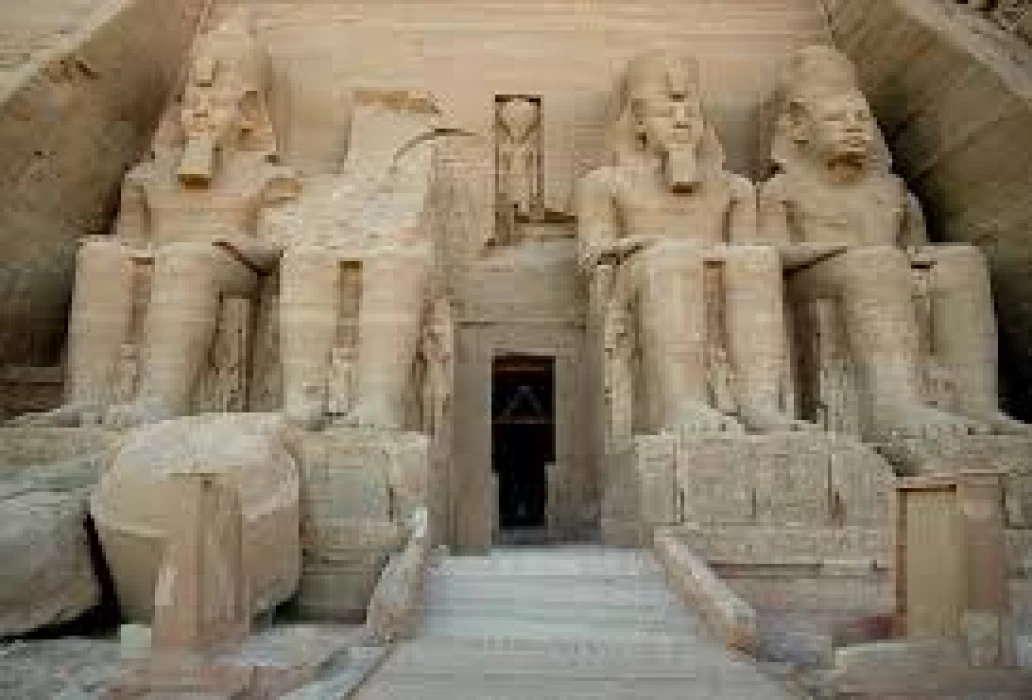
The Nineteenth Dynasty in Ancient Egypt
Admin
History of Egypt
Ramses I, the pharaoh with whom the XIX dynasty was inaugurated, had been in the service of Horemheb under whom he occupied the position of the vizier, and these, long before his death, had designated him his successor to solve the usual problems connected to the succession.
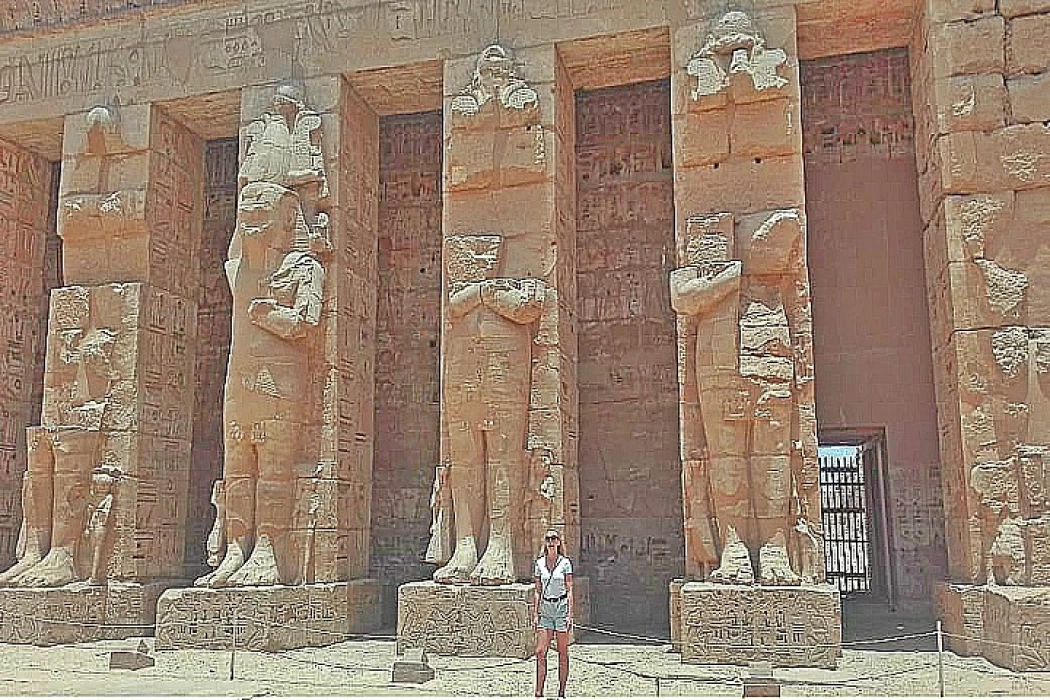
The Twentieth Dynasty in Ancient Egypt
Admin
History of Egypt
The twentieth dynasty in Ancient Egypt, often combined with the nineteenth dynasty under the name of the modern state. It is considered the last family of the modern state, followed by the third transitional period. It was founded by Sakht Nakhti, but the most important king was Ramses III, who emulated Ramses II in his reign.
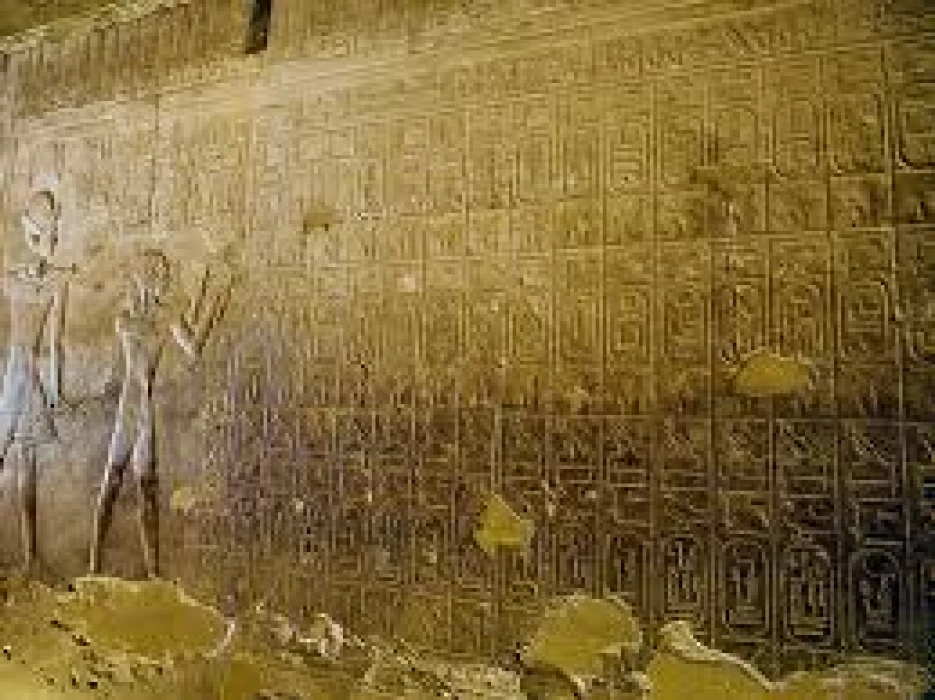
The Twenty-First Dynasty in Ancient Egypt
Admin
History of Egypt
After the death of Ramses XI, a period followed in which the Pharaonic throne remained vacant, while in the south the Grand Priest of Amon acquired more and more power.
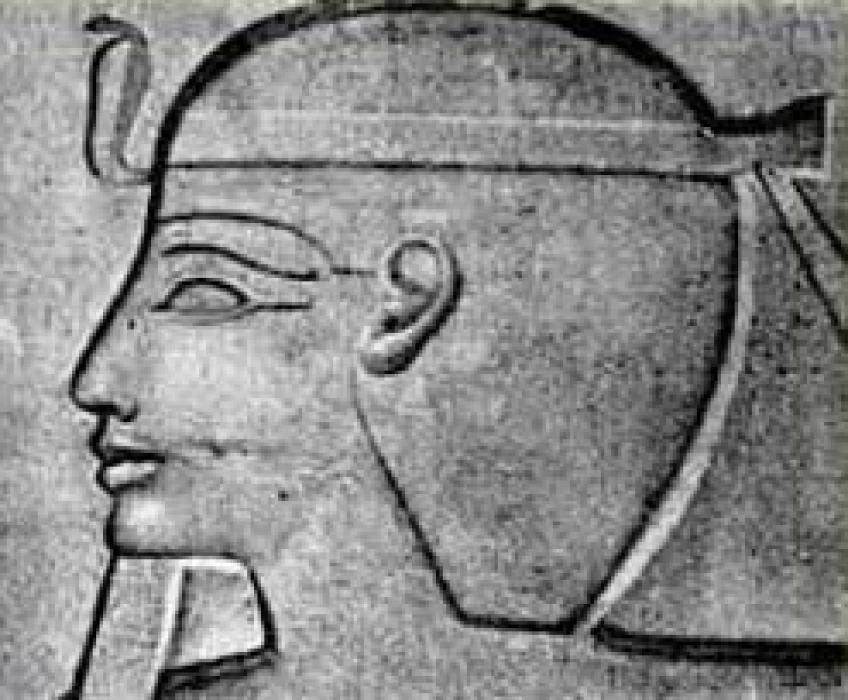
The Twenty-Second Dynasty in Ancient Egypt
Admin
History of Egypt
The first news about this ruler is provided by a long inscription discovered at Abido and composed when he was still "the great leader of the Meshwesh, prince of princes." His father Nemrat, son of a lady named Mehetemwaskhe, had died, and Sheshonq had approached the then ruler seeking permission to establish a great funerary cult in his honor at Abydos.
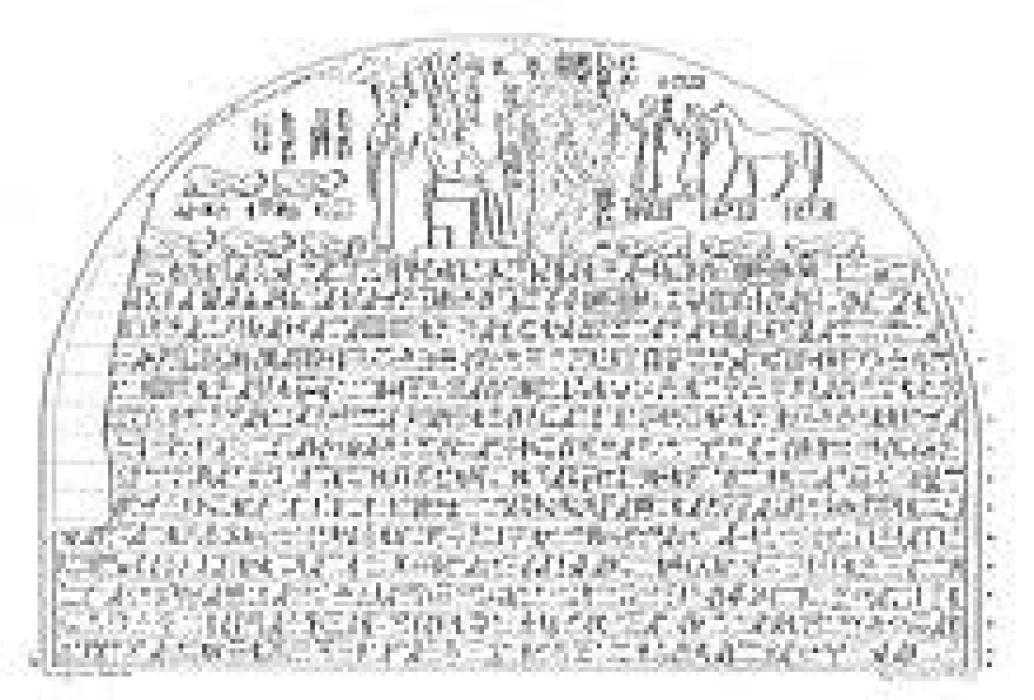
The Twenty-third Dynasty in Ancient Egypt
Admin
History of Egypt
Twenty-third Dynasty 828-712 BC. It consisted of a group of contemporary kings (who lived at the end of the XXII dynasty) who ruled in different regions and their dates are in dispute.

The Twenty-Fourth Dynasty in Ancient Egypt
Admin
History of Egypt
At Sais, in the delta, around 730 B.C., the local king, Tefnakht, began to rebuild the unity of the country around him. He seems to have proceeded by persuasion rather than armed conquest: he made the local rulers recognize his authority and confirmed them as vassals in his powers.
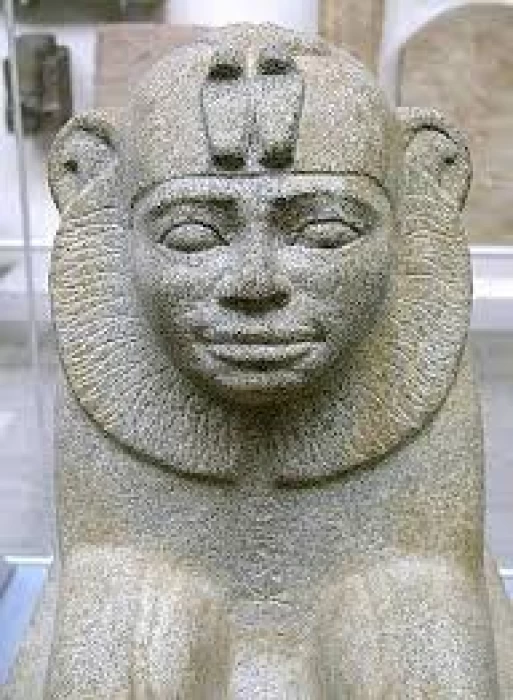
The 25th Dynasty in Ancient Egypt
Admin
History of Egypt
Manetho, strange as it may seem, does not speak of this great Sudanese or Cushite warrior until about 730 B. C. C. suddenly changed the whole course of Egyptian events. Piankhy was the son of a chieftain or king named Kashta, and brother, apparently, of Shabaka, called by Manetho as Sabacon.
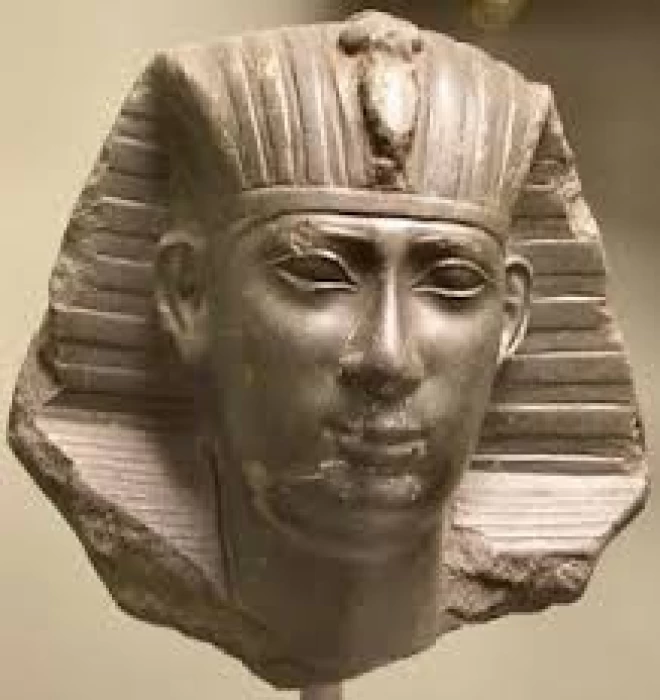
The 26th Dynasty in Ancient Egypt
Admin
History of Egypt
After their conquest, the Babylonians placed governors of their confidence at the head of the Egyptian cities. The system of replacing evil rulers with others of their choice had been inaugurated by Esarhaddon.
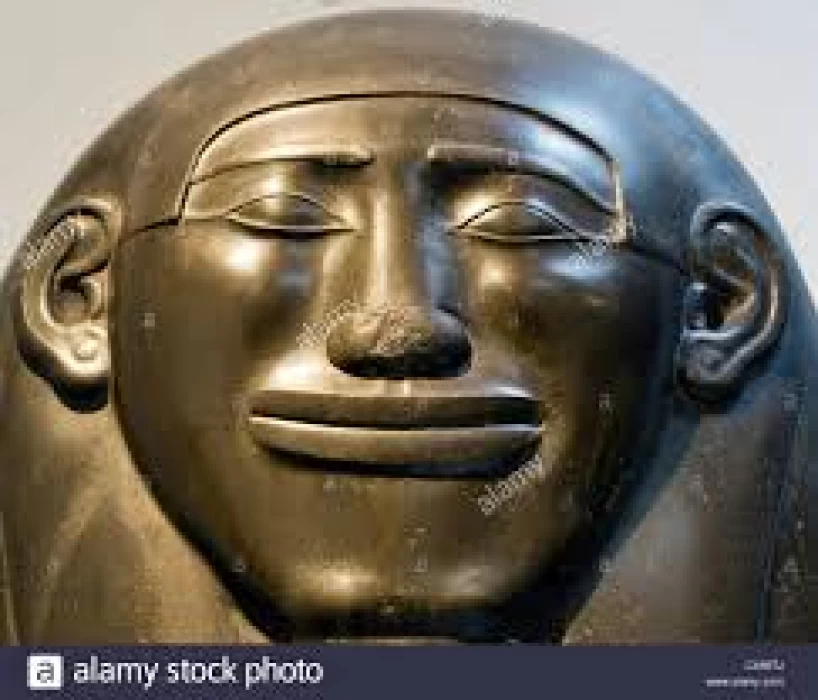
The 27th Dynasty in Ancient Egypt
Admin
History of Egypt
Cambyses reigned over Egypt for only three years during which he attempted several expeditions to extend and consolidate his frontiers, but all failed. The plan of attack against Carthage was abandoned because the Phoenicians refused to fight against people of their own blood.
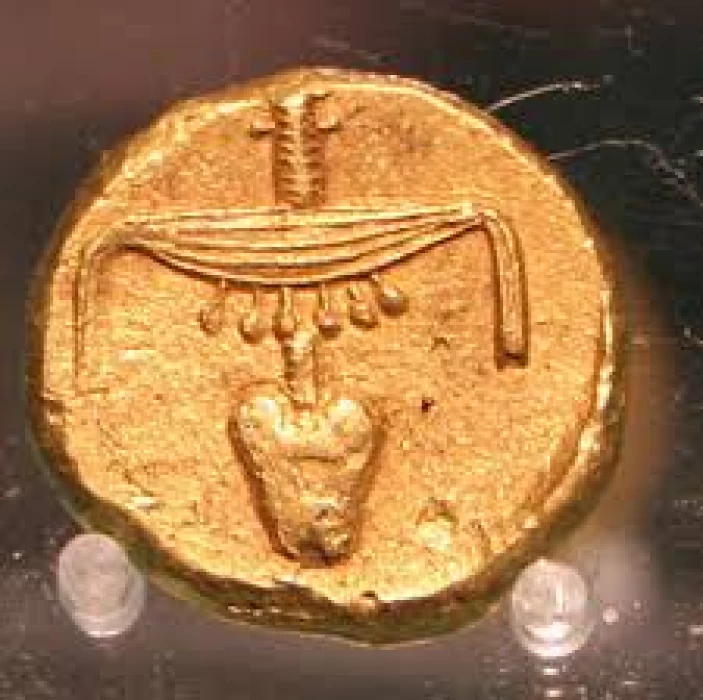
The 28th Dynasty in Ancient Egypt
Admin
History of Egypt
According to a later Egyptian tradition, Amirteos somehow offended the dictates of the law, so the son was denied succession. Manetho ascribes to Amirteos six years of reign, probably an accurate figure, since in the Aramaic Elephantine papyrus we read a promise to pay a debt dated in the fifth year.
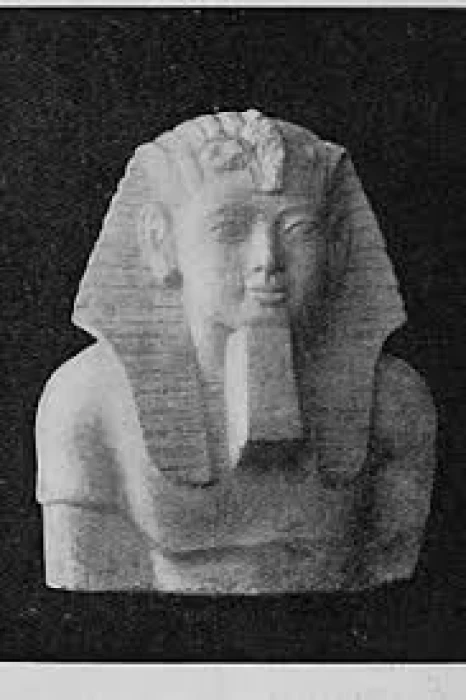
The 29th Dynasty of Ancient Egypt
Admin
History of Egypt
The XXVII Dynasty is of the well-known rulers in the history of Egypt. It was founded by Nefretes I. By defeating Amirtaeus in open battle and then killing him later in Memphis. Nefertiti took his capital at Mendes.
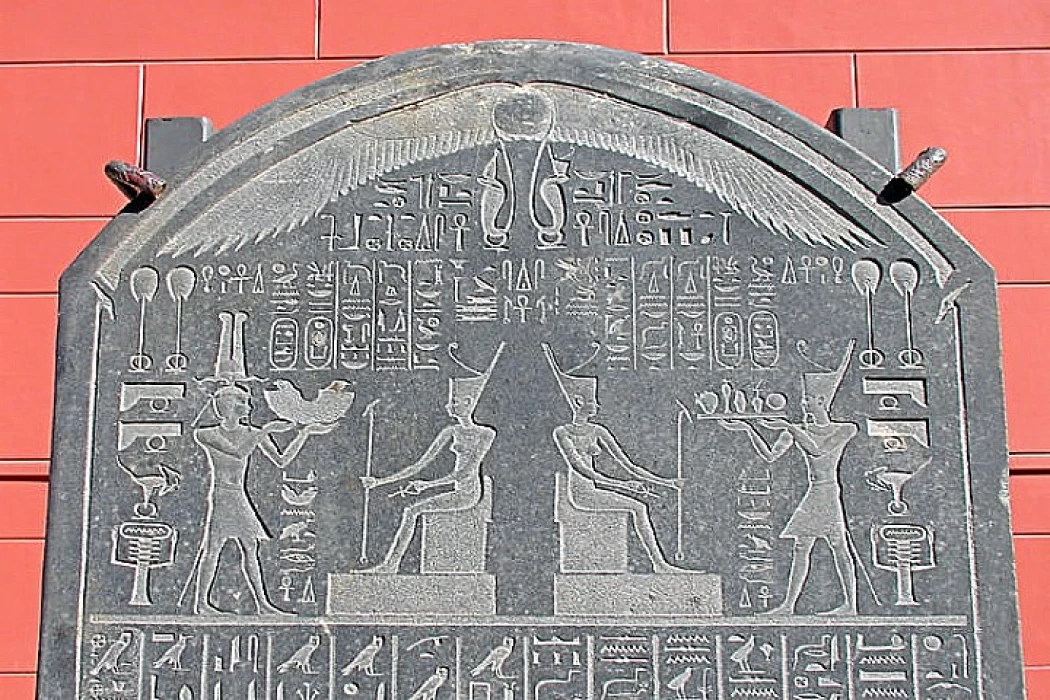
The 30th dynasty of Ancient Egypt
Admin
History of Egypt
The first pharaoh of the 30th dynasty was Nekhtnebef, although the order of succession has often been discussed. The number of monuments left by this ruler could give the impression of a period of uninterrupted peace and prosperity. The oldest parts of Philae are due to him.
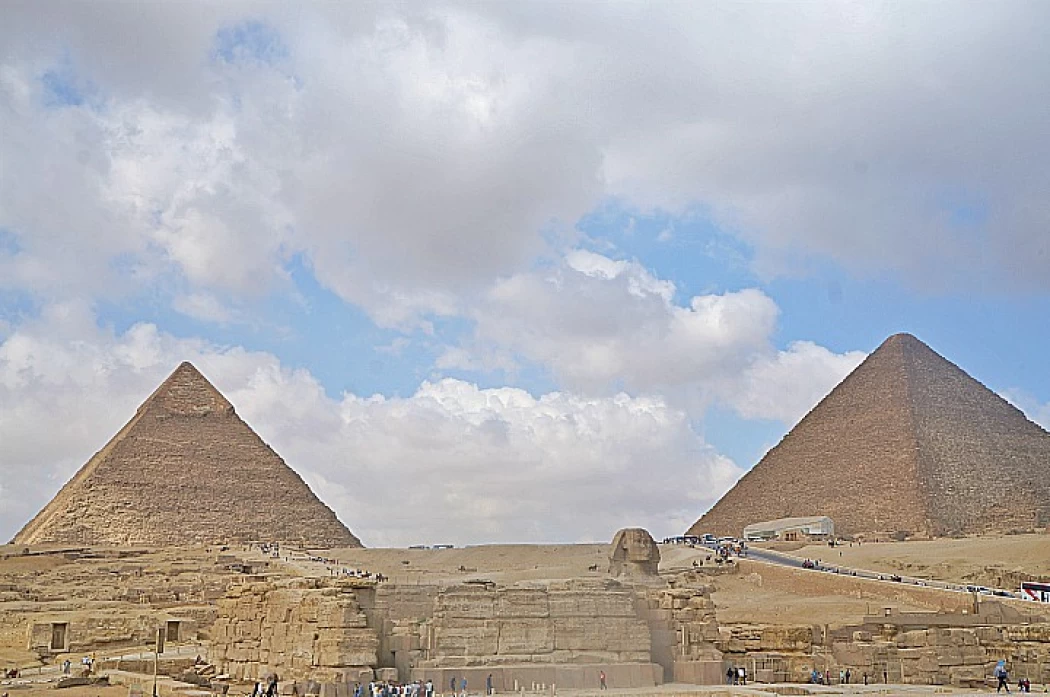
Ancient Egyptian Civilization
Admin
History of Egypt
Egypt is considered the land of civilizations since the earliest times, as civilizations were established in it on the banks of the Nile River, which is considered a symbol of fertility and stability for the people of ancient and even modern Egypt, and the civilizations of ancient Egypt began more than 5500 years before Christ. these two kingdoms came under one rule, and the ruler over them was King Narmer, who called Minis, and from here began the civilization of ancient Egypt.
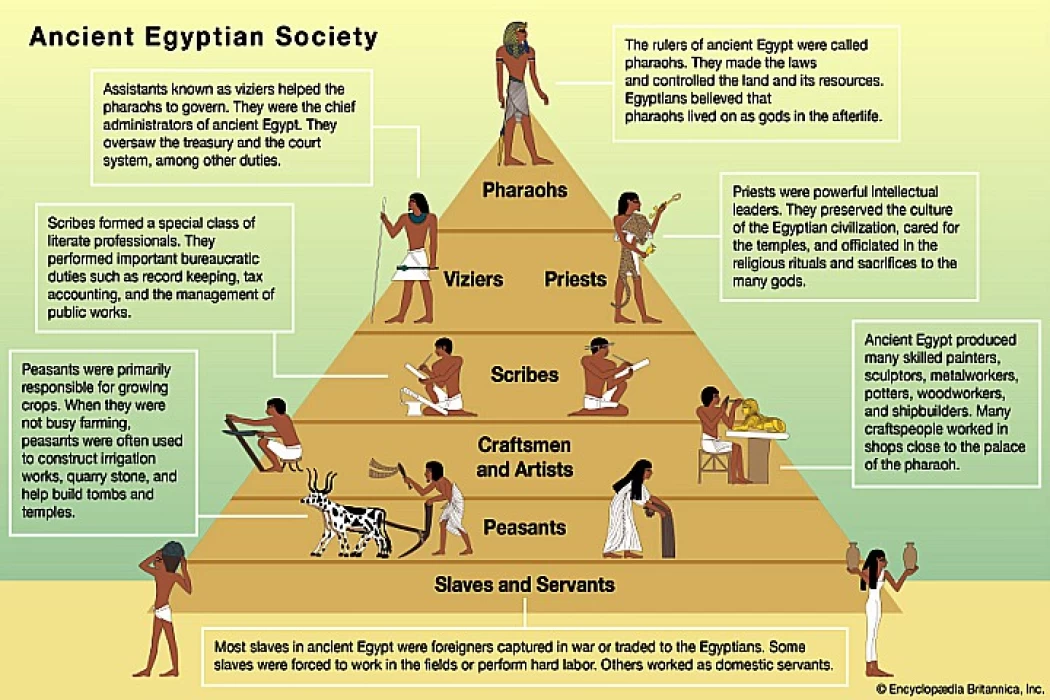
Ancient Egyptian Social Structure
Admin
History of Egypt
The social and organizational structure in ancient Egypt was classified in the form of a hierarchy headed by the king. The pharaoh is the head of the political-social system of Ancient Egypt. In the state system, the pharaoh is the absolute ruler at the top of the hierarchical scale of power attributed to him by inheritance.
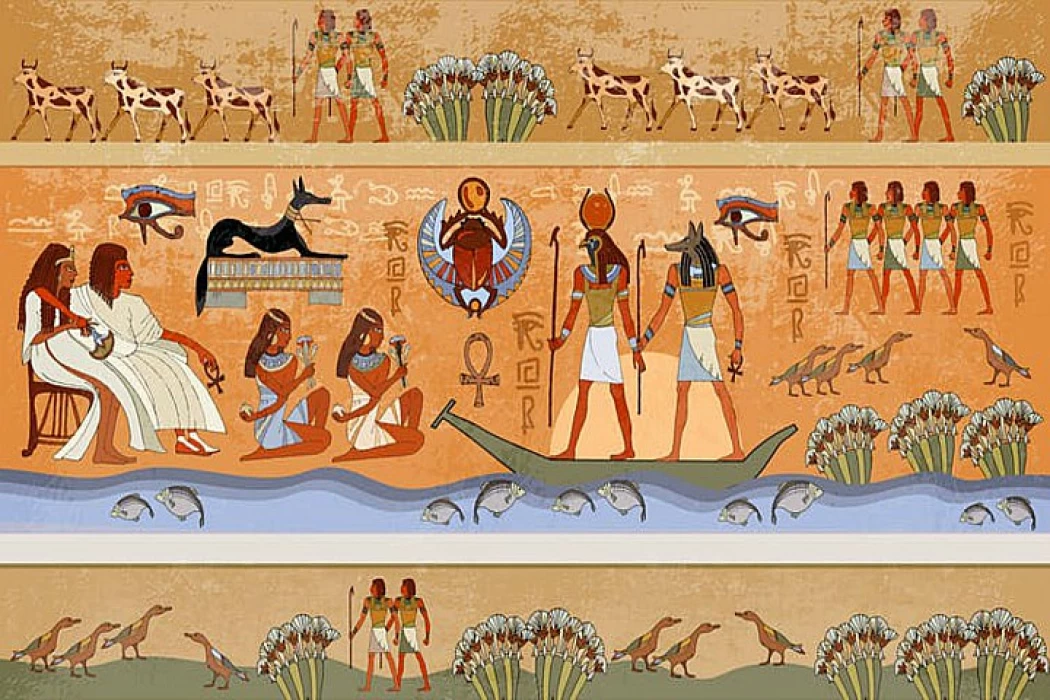
The Economy in Ancient Egypt
Admin
History of Egypt
Egypt's economy was based on agriculture, due to the fertility of the land in the Nile valley. Its agricultural production was so great that the money obtained from agriculture was used in the construction of temples and pyramids.
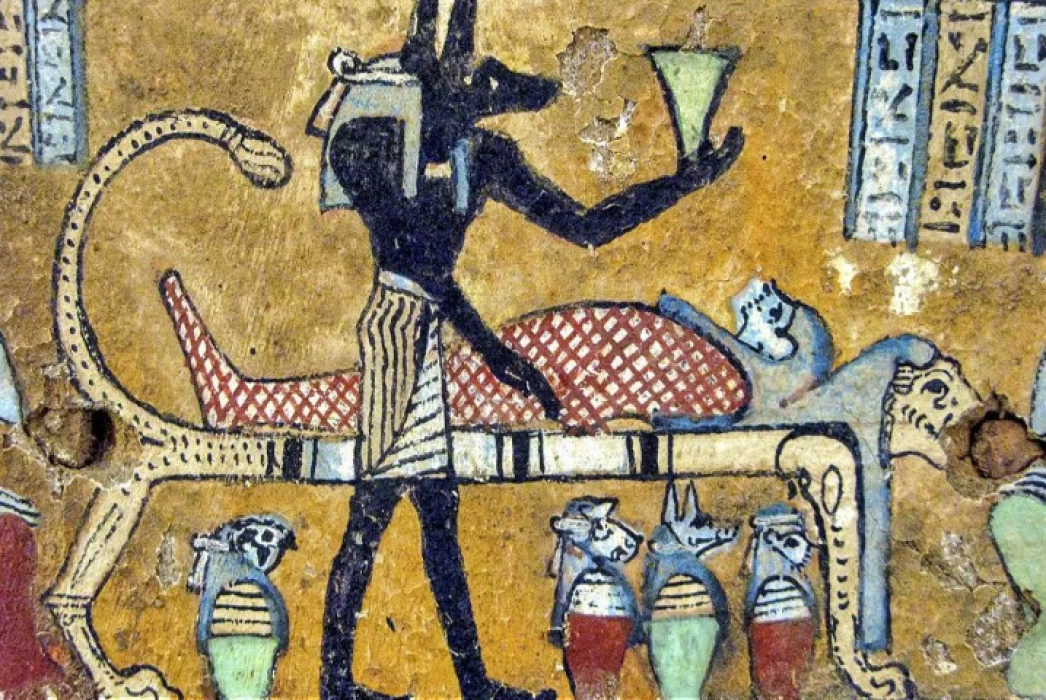
Science in Ancient Egypt
Admin
History of Egypt
The science of ancient Egypt is linked with the country's agricultural system. In favor of studies in astronomy, the ancient Egyptians devised a calendar to divide the calendar year into 365 days in order to regulate the cultivation of fertile land along the course of the Nile.
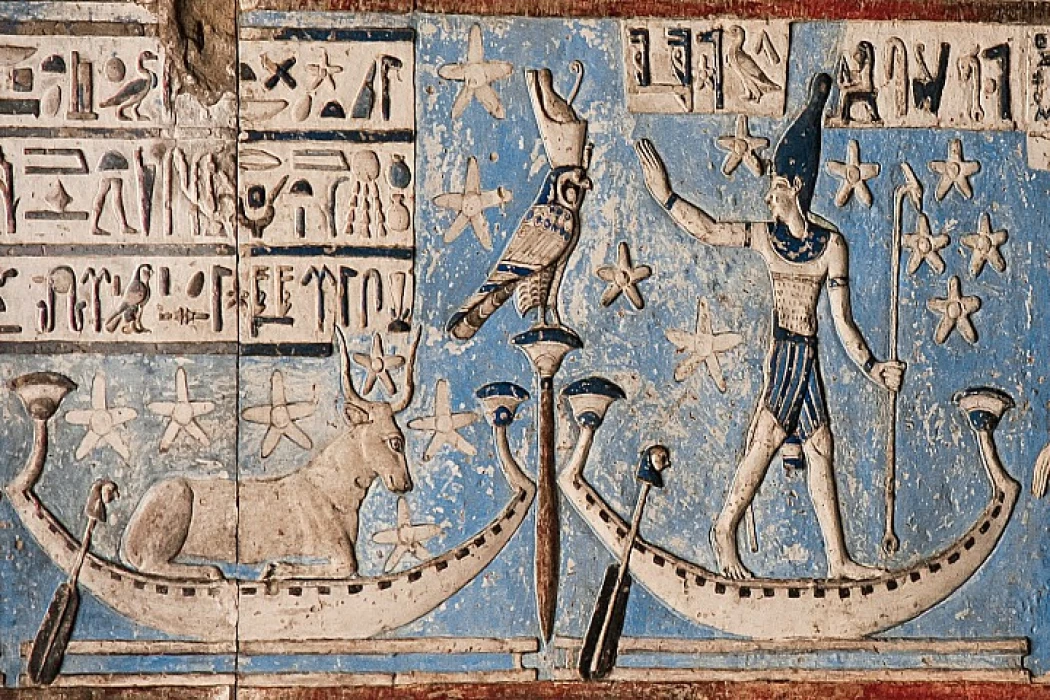
Astronomy in Ancient Egypt
Admin
History of Egypt
In the Egyptian civilization, astronomy played an important role. Observing the celestial vault allows the ancient Egyptians to define the first calendars and sundials that allow you to organize agricultural activities and predict the floods of the Nile River.
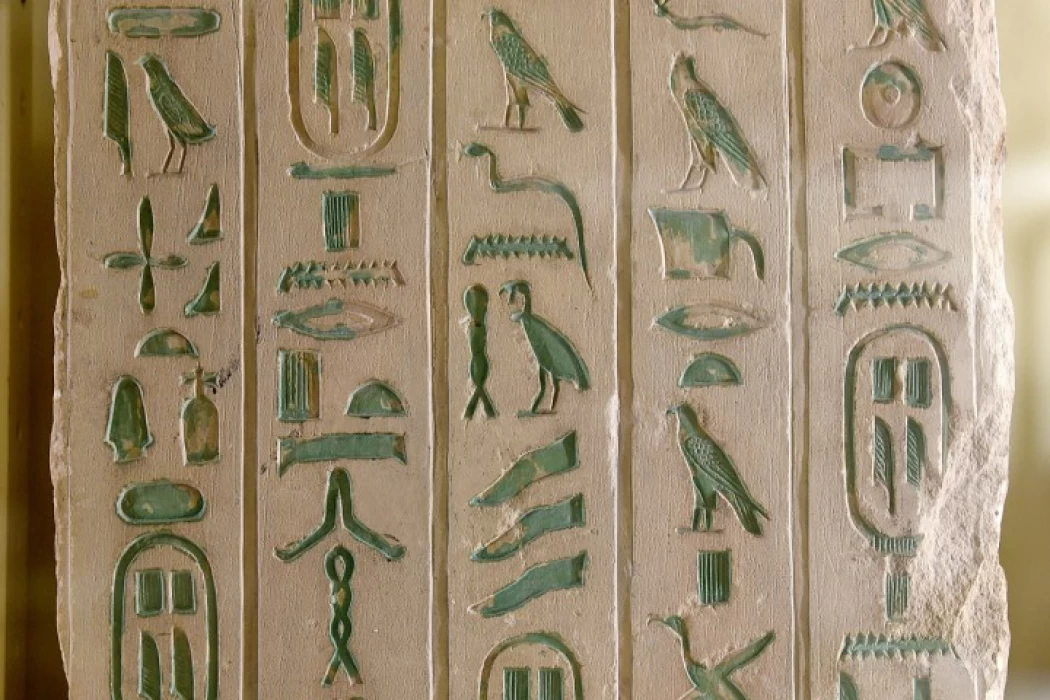
Writing in Ancient Egypt
Admin
History of Egypt
Hieroglyphic writing was published in 3100 BC. They are graven, holy symbols that carry the words of the gods and show the meaning, symbols and sounds of the drawing that they speak.
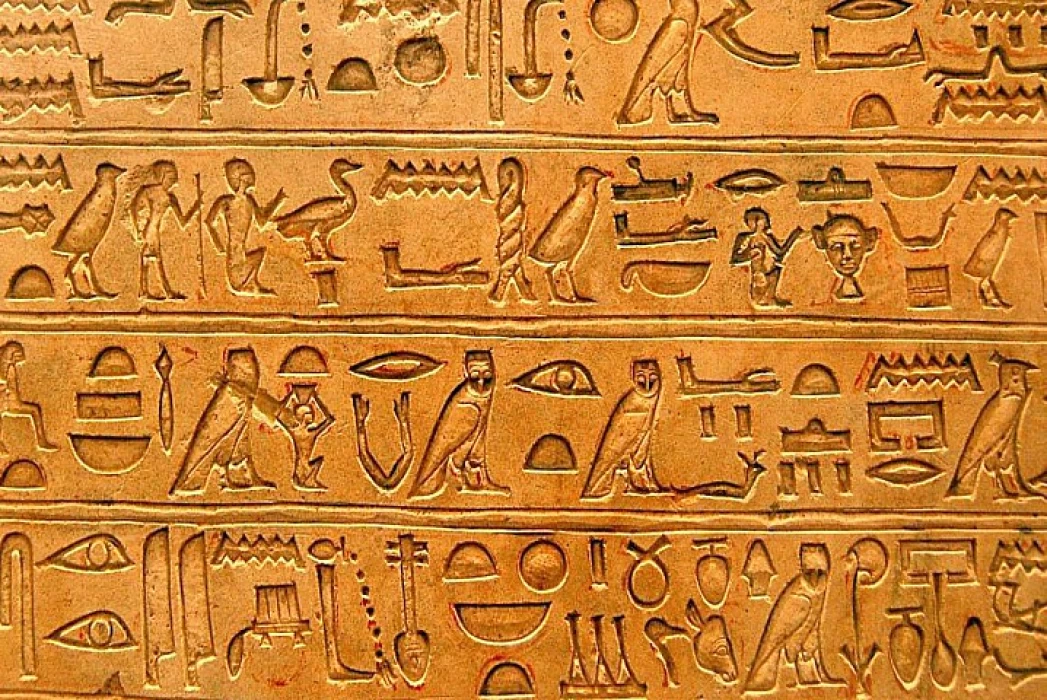
Ancient Egyptian Language
Admin
History of Egypt
There were no pyramids to be sent with texts. But the new Gaston Maspero, who persuades Mariette to excavate the ruins of another pyramid, kings of Mererer, at the end of December, was alerted by a block of the pyramid given by King Pepi I in 1880. Then there was an excellent find: hieroglyphic Egyptian columns covering the walls.
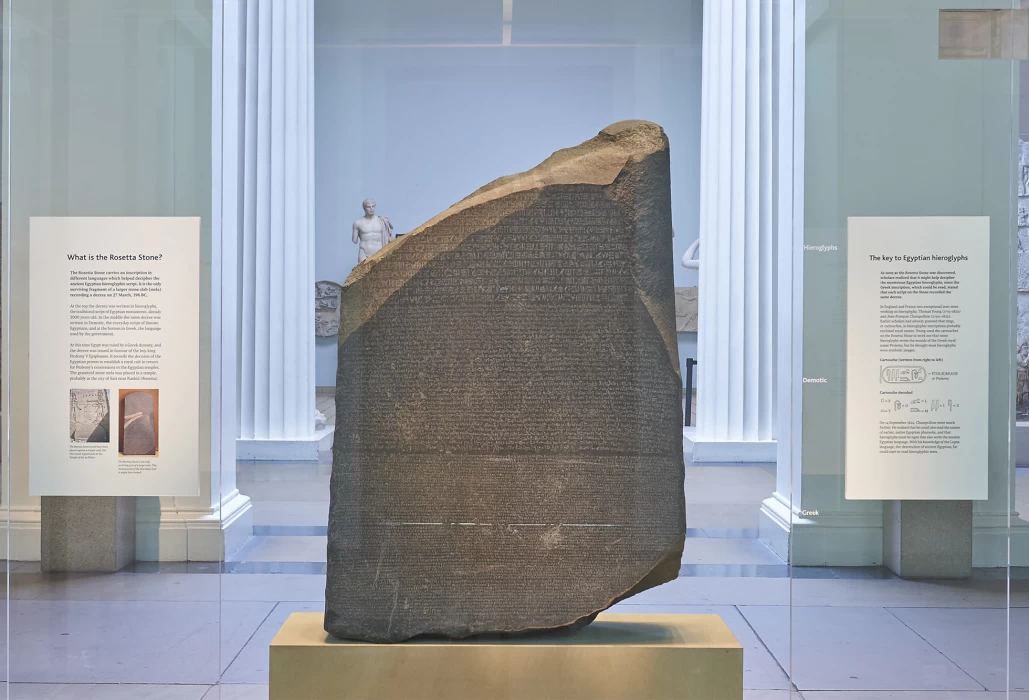
The Rosetta Stone | Discovery of Ancient Egypt Language
Admin
History of Egypt
It is thanks to a black granite stele discovered in 1799 by the strong French army landed in Egypt under the order of Napoleon Bonaparte that we can read hieroglyphs today.
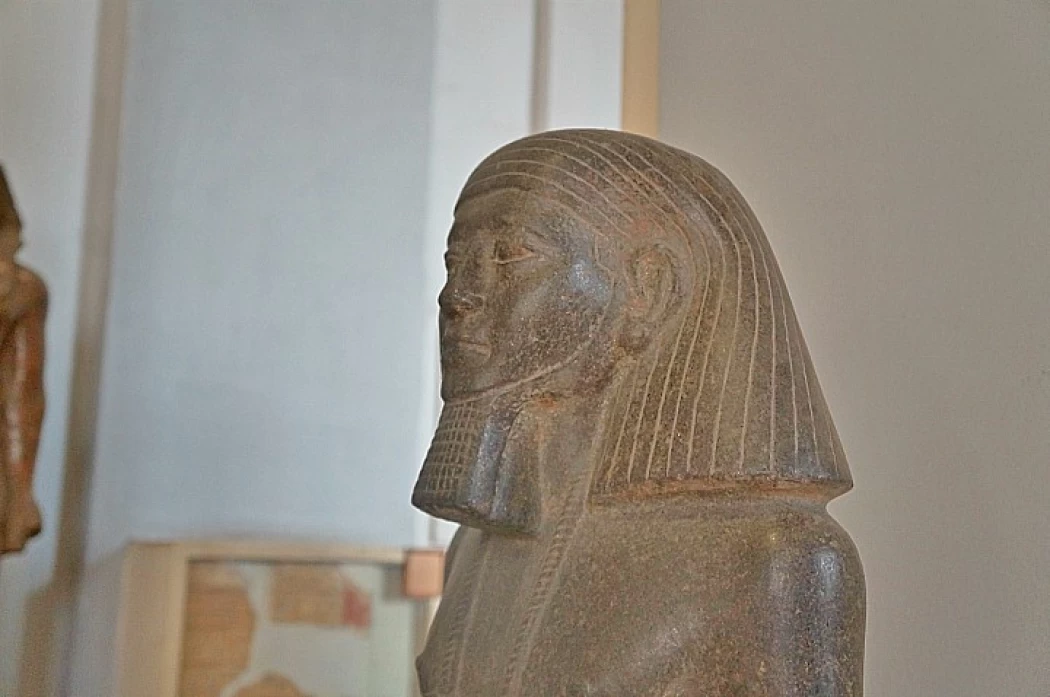
The Pharaonic Era
Admin
History of Egypt
The origins of Ancient Egypt can be traced back to about 9,000 BC, when plentiful rains in the Nile region aided the creation of a valley and fertile savannahs along the course of the region's most significant river. With Cairo Top Tours, you will learn more about the Pharaonic age!

The-Palermo-Stone
Admin
History of Egypt
The Palermo stone contains a list of Egyptian kings from the First Dynasty to the middle of the Fifth Dynasty, including King Senefru, King Khufu, and King Jadfre, among others. The sum of the annual rise in the Nile's water level was also reported on the stone.
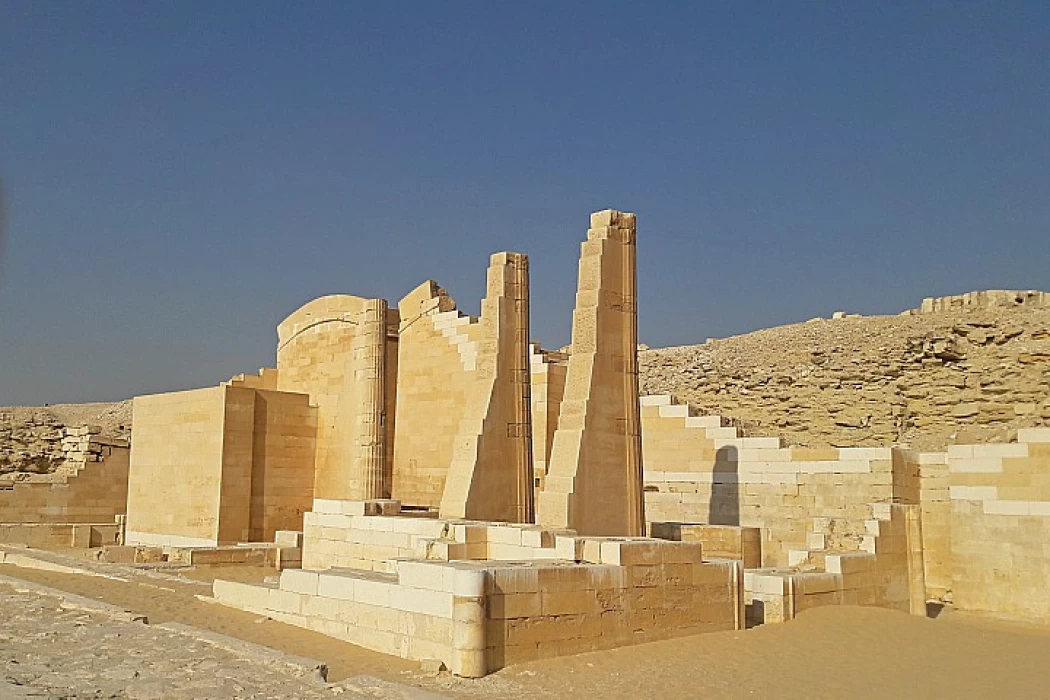
The Hep Sed Festival in Ancient Egypt
Admin
History of Egypt
Thirty years after a king came to the throne the Hep-Sed Festival, also known as the Royal Jubilee, was an important event. You can find out more about this festival with Cairo Top Tours.
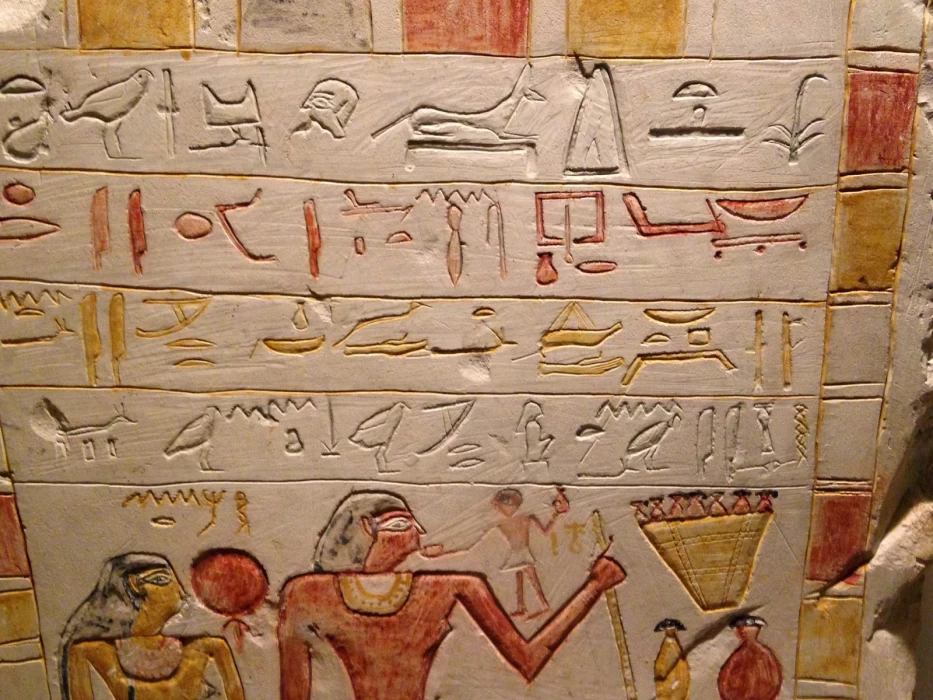
The First Intermediate Period of Egypt History
Admin
History of Egypt
An Egyptian middle phase indicates the country's government's weakening and the start of terrible disorder. Learn more about the first intermediate period of ancient Egypt with Cairo Top Tours!

The Islamic conquest of Egypt
Admin
History of Egypt
The Islamic invasion of Egypt led by Amr ibn-Alass in the 7th century.
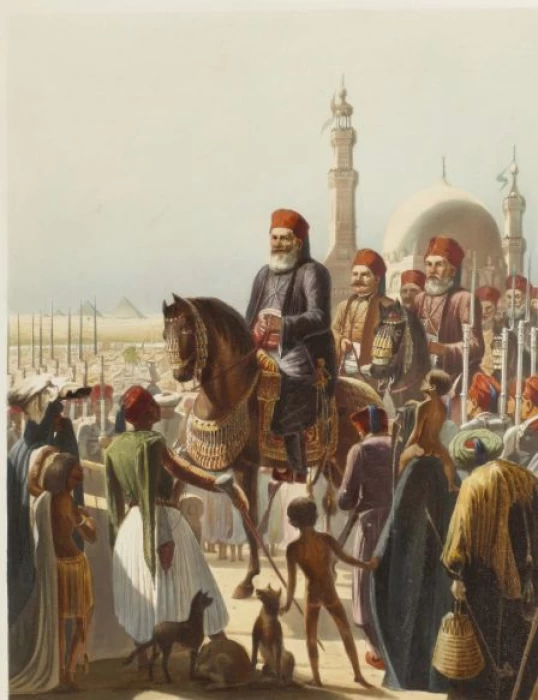
Foreigners who ruled Egypt
Admin
History of Egypt
Egypt is the only country to have that degree of civilization, according to the Great Egypt website, which many kings and empires who would like to be all on the throne of Egypt desire.
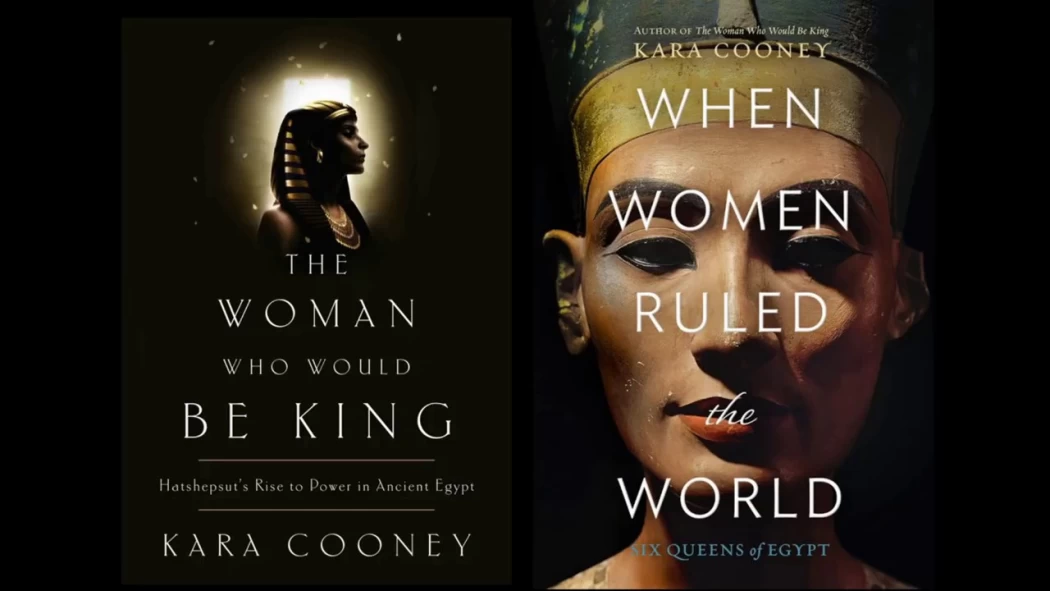
The power of the women in ancient Egypt
Admin
History of Egypt
Former Egyptian women had equal rights to men in legal and economic terms. They were capable of owning land, running companies and owning slaves. Women from different walks of life had the same opportunities in their respective classes as men.
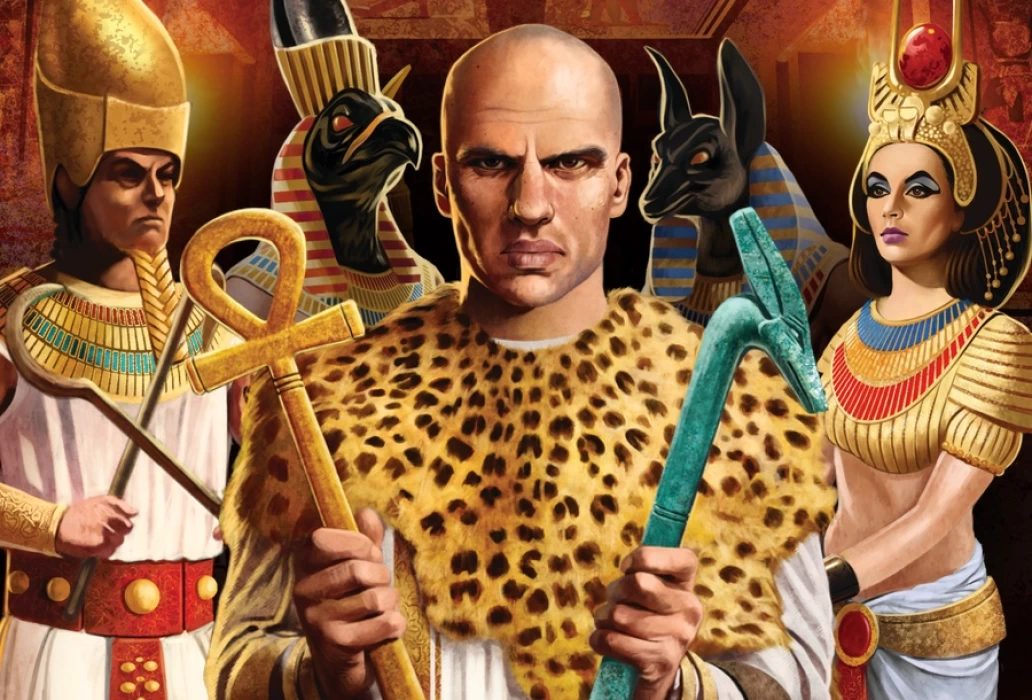
The absolute power of the priests in ancient Egypt
Admin
History of Egypt
God's priests were a religious aspect of Egypt's culture, but in Ancient Egypt they had been very different; they ruled Egypt many times, and pharaoh was only an image of the pyramid's power.

June 30 revolution Egypt
Admin
History of Egypt
Millions of Egyptians went out in a "popular uprising" on June 30, 2013, in the various fields and governorates of Egypt, expressing their anger at the Brotherhood's rule.
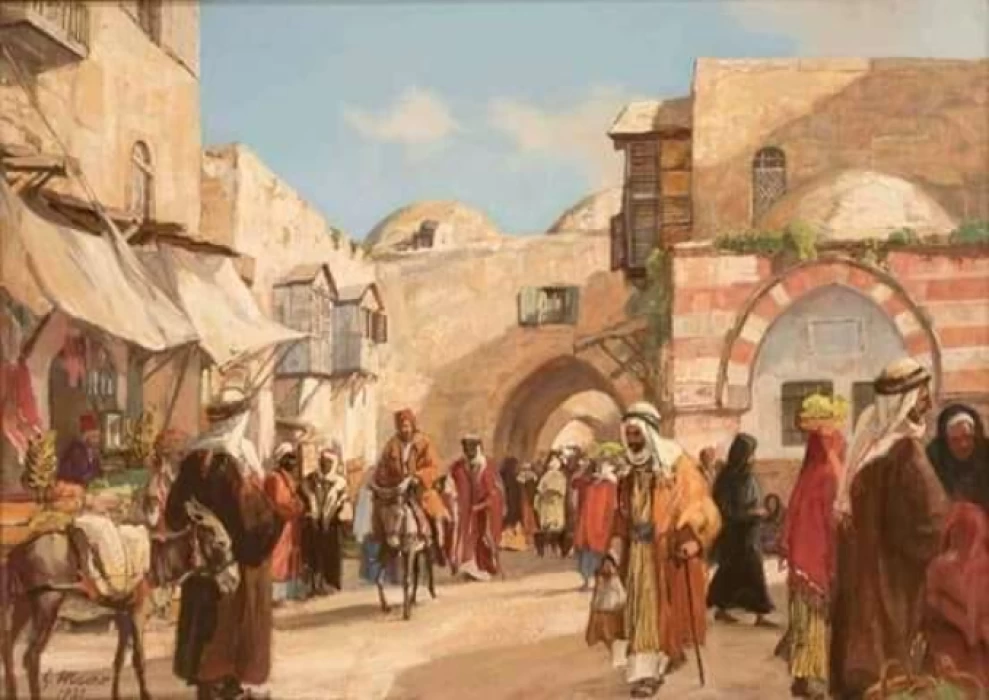
Mamluk Sultanate Dynasty in Egypt
Admin
History of Egypt
The name the Mamluks referred to white slaves who were captured in wars or bought in the markets, and many of them were soldiers and army leaders, and they soon seized power at the end of the rule of the Ayyubid state in Egypt. The idea of using the Mamluks in the Near East had been since the days of the Abbasids. The first to use them was the Caliph al-Mamun. However, the Abbasid Caliph Al-Mu’tasim Billah brought in Turkmen soldiers and placed them in the army in order to strengthen his position after he had lost confidence in the Arabs and Persians upon whom the Abbasid state was established. This encouraged the other caliphs and rulers to bring in the Mamluks.
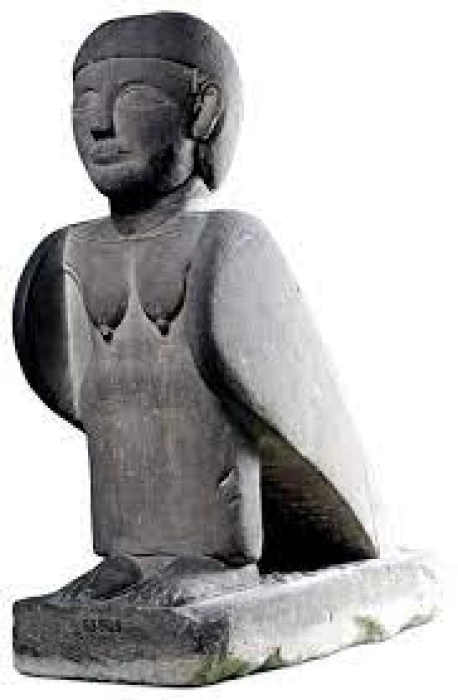
The Kushite period
Admin
History of Egypt
The unique regalia worn by Kushite kings included a cap crown, two uraei, and amulets with ram's heads. The double uraei on this kneeling monarch have been "adjusted" to a single one, and a later Saite ruler forged the ram's-head amulets on the necklace and the king's name on his belt. The diadem with many miniature uraei, the bandeau with streamers, and the cap crown with a falcon etched on the reverse were unaltered.
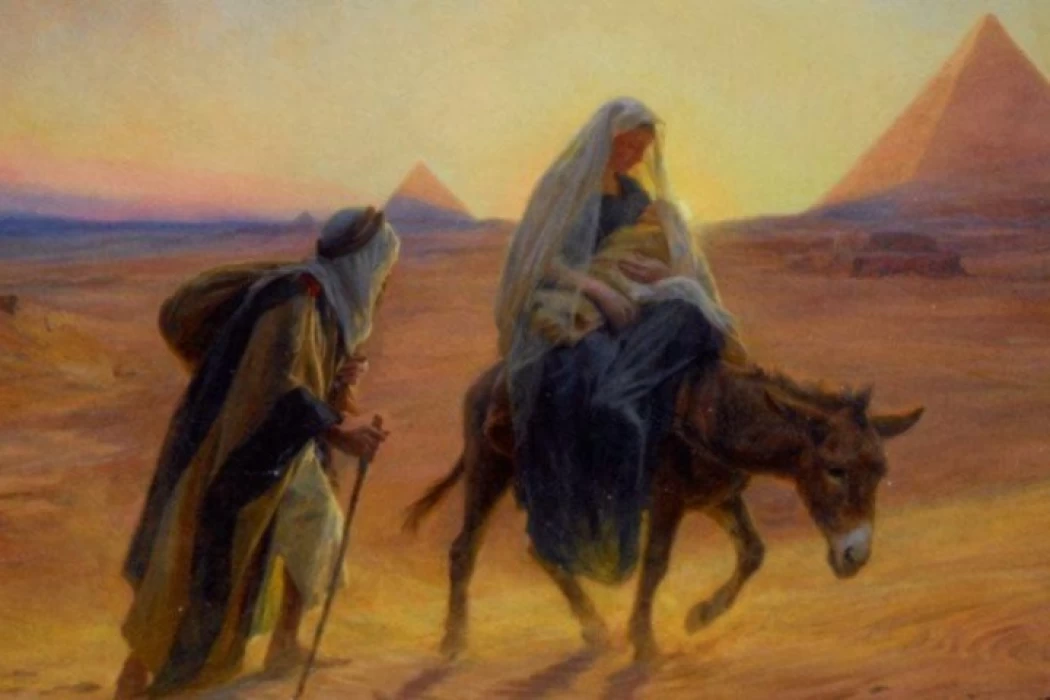
The Holy Family Trip to Egypt
Admin
History of Egypt
It really was an honor that the Holy Family refuge was in Egypt and that God save them during the road. they also left many monuments here to be recorded for all the places their holy feets stepped on them. and we still visit them and get blessings from them.

Egyptian Revolution of 1919
Admin
History of Egypt
The Egypt revolution of 1919 was unique and changed the course of history in Egypt. if defended the right of the lost Egyptian people
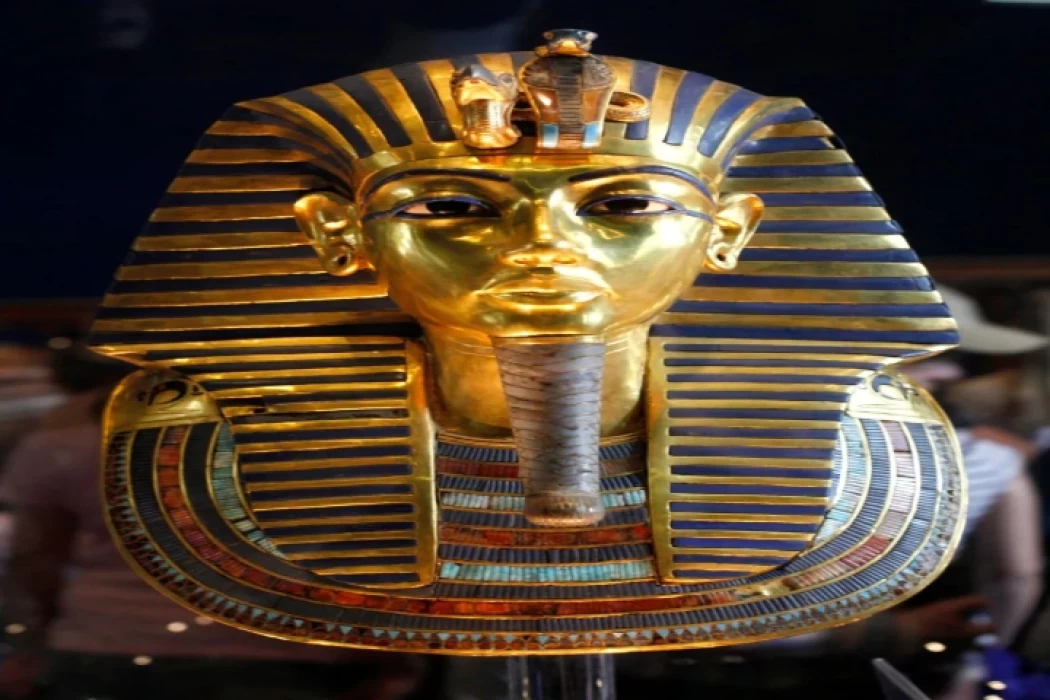
Tutankhamun Mask
Admin
History of Egypt
This is what is written on the back of the mask of the young Tutankhamun, a verse from the Book of the Dead that reads: Hail, beautiful face, endowed with sight, made by Ptah-Sokar, arranged by Anubis , the most beautiful face among the gods
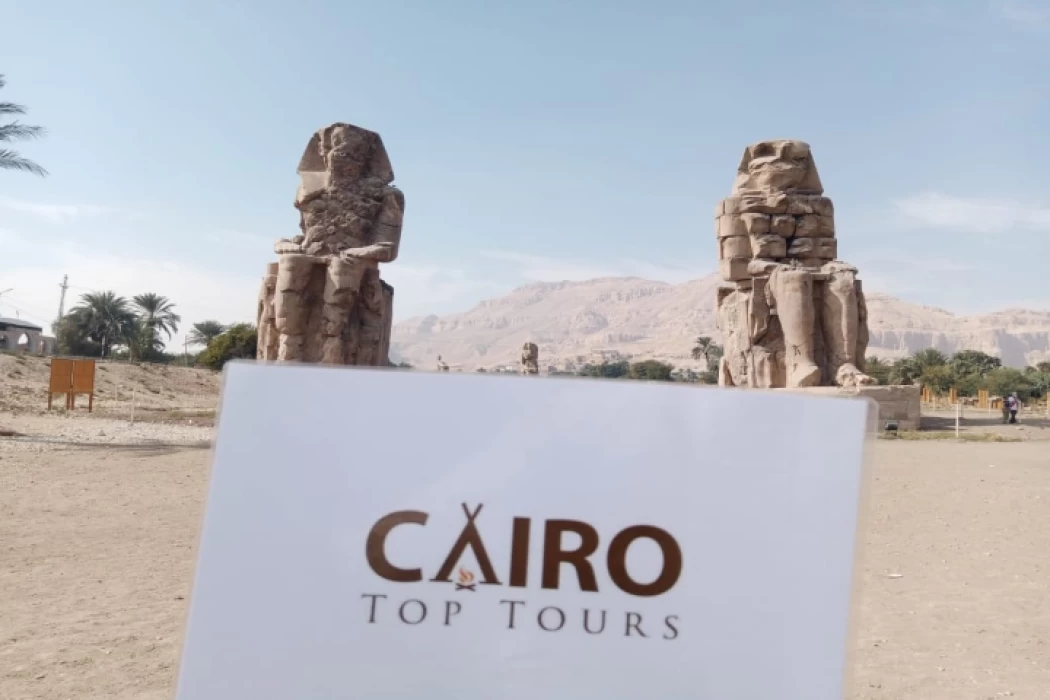
Egyptian Symbols
Admin
History of Egypt
The ancient pharaonic symbols were a mixture of their ideas and their existence and became the basis of their culture, so they were written on the walls and obelisks of the temples and were used in religious rituals for both the living and the dead.
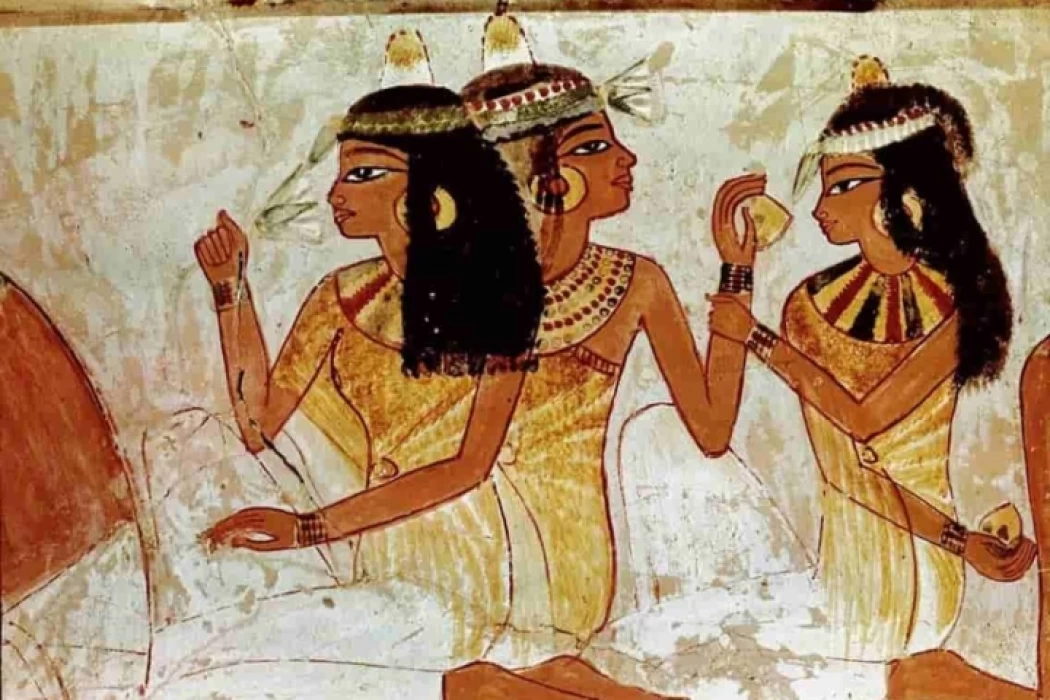
Ancient Egyptian Beauty
Admin
History of Egypt
Egyptian women used to highlight their feminine beauty and add aesthetic touches to their oriental nature by applying cosmetics and perfumes, all of which were "born" on the banks of the Nile River ages ago, and left tangible imprints in the civilization of Egypt and transferred them to other civilizations after they proved their ability to devise means of skin care, body protection, and perfume.
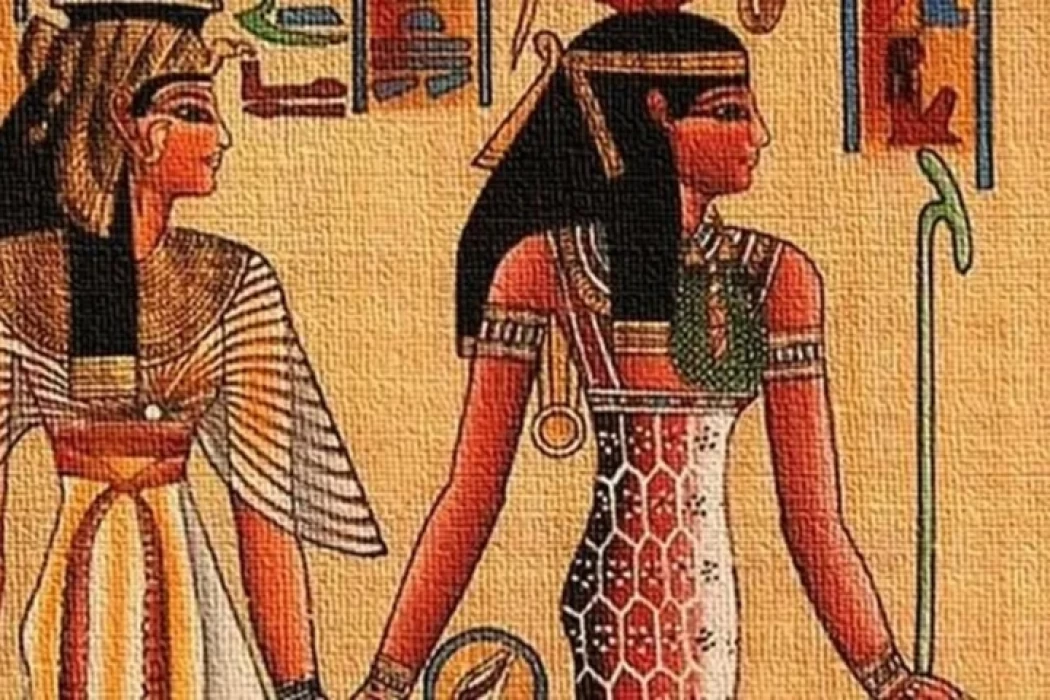
Clothing in Ancient Egypt
Admin
History of Egypt
The ancient Egyptians cared about fashion, both men and women, and knew cosmetics thousands of years ago. According to archaeologists, they were careful to choose their clothes carefully in light of their interest in their appearance and their constant elegance.
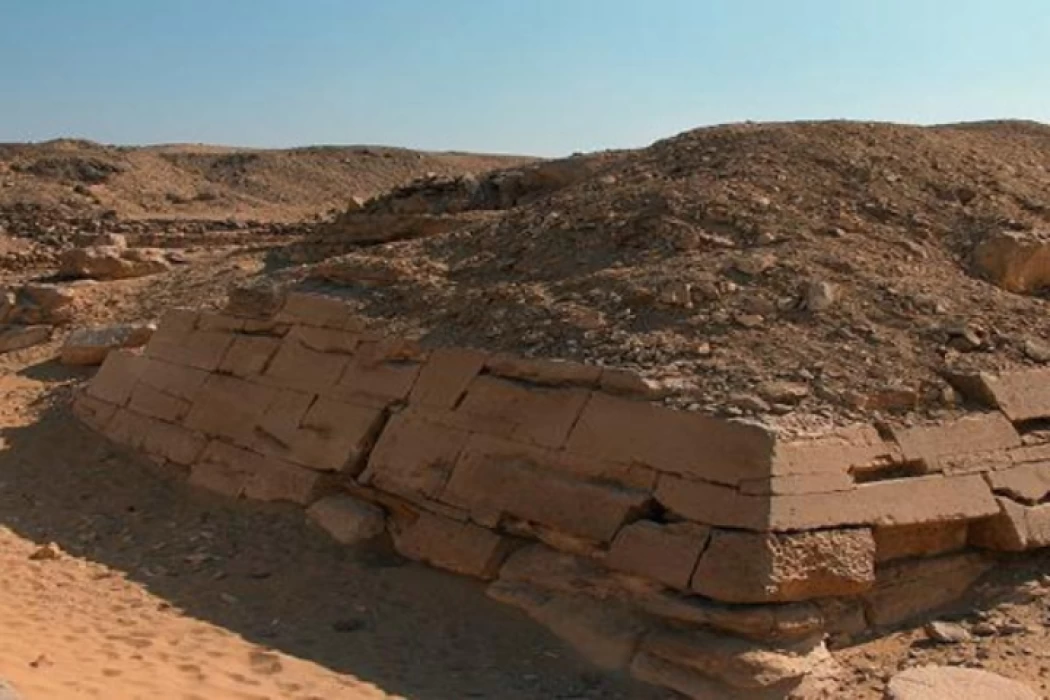
Buried Pyramid
Admin
History of Egypt
The Buried Pyramid (also called Pyramid of Sekhemkhet ) is an unfinished step pyramid built c. 2645 BC for Sekhemkhet Djoserty . This pharaoh was the second of the Third Dynasty of Ancient Egypt , who reigned over Egypt c. 2686-2613 BC and is generally placed at the beginning of the Old Kingdom of Egypt .
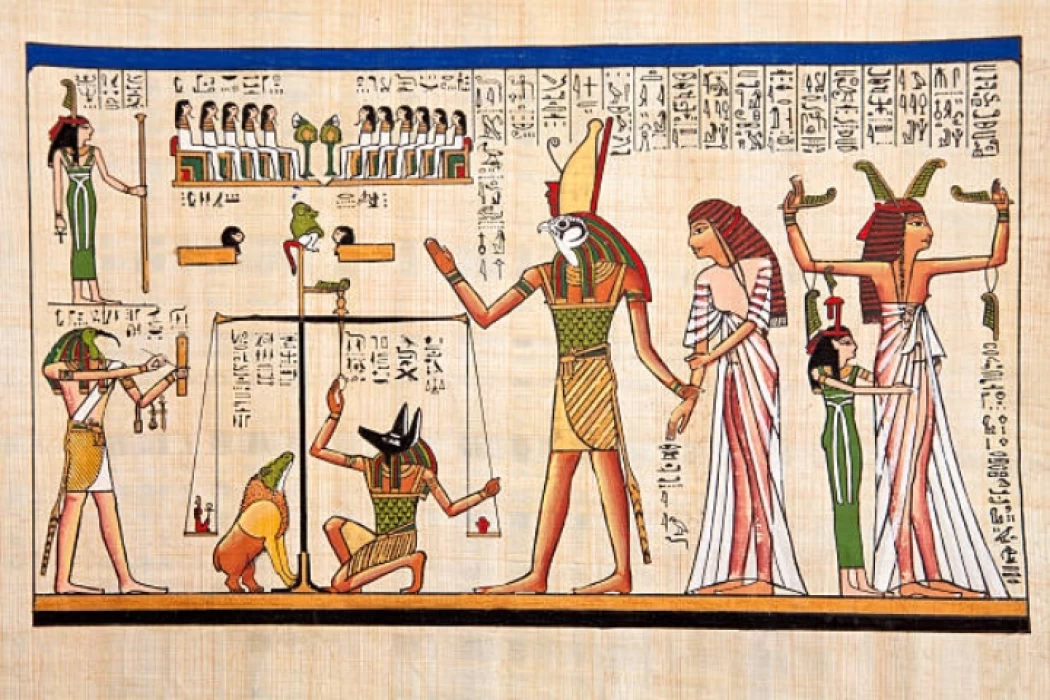
The Characteristics of Ancient Egyptian Art
Admin
History of Egypt
The Old Egyptian artist has proven to be worthy of expressing the manifestations of life and its exciting themes in which he lived, affected, and impact. It seems to be clear that he recorded these subjects and paintings on rocks and on the surfaces of the underscored paintings, and the artist took multiple images of what he loved and what he lived in.
Egypt Tours FAQ
Read top Egypt tours FAQs
The pyramids, like the iconic Great Pyramid of Giza, were constructed around 2500 BC during the Old Kingdom period as elaborate tombs for pharaohs. These massive structures served as a final resting place for the pharaohs and were designed to protect their bodies and treasures for eternity.
The city of Thebes was started by a man named Kadmos, who planted dragon's teeth in the ground. Kadmos was not Greek, he was from Phoenicia.
Books written about Egyptian history are among the most important historical references from which you can learn about the past. The ancient Egyptians excelled in many sciences and arts and created many engineering buildings that are considered a scientific miracle that scientists are unable to explain until now.
Egyptian civilization is one of the oldest in the world, with its origins dating back to around 3100 BCE. This period marked the unification of Upper and Lower Egypt under the first pharaoh, Narmer (also known as Menes), and the establishment of the Early Dynastic Period.
The history of Egypt is the history of human civilization, where the Egyptian man created and presented an ancient civilization that preceded the civilizations of the world's peoples.
It is a pioneering civilization in its innovation, architecture, and art, and it has astonished the world and scientists with its intellect and science. It is an interconnected civilization with which the Egyptian man interacted, left in his mind, and found its fingerprints, and you can see this in sights such as the pyramids of Giza, the discovery of secret passages therein, the Egyptian Museum, and the Luxor Temple, the Temple of Karnak, the Temple of Luxor, the Temple of Abu Semple, the Valley, and Queens.
Are you ready to join us on a breathtaking tour to visit Egypt's antiquities!
The history of Egypt is usually divided into several periods, such as prehistoric, ancient, medieval, early modern, late modern, and contemporary. The prehistoric period covers the time before the emergence of writing, which is estimated to be around 3200 BC. The ancient period covers the time from the first dynasty of pharaohs to the conquest of Alexander the Great in 332 BC. The medieval period covers the time from the Islamic invasion in 641 AD to the Ottoman rule in 1517 AD. The early modern period covers the time from the Ottoman rule to the Muhammad Ali dynasty in 1805 AD. The late modern period covers the time from the Muhammad Ali dynasty to the 1952 revolution.
Ancient Egypt made numerous significant achievements and contributions to human civilization. Some of the major ones include:
- development of writing.
- advancements in medicine.
- mathematics and geometry.
- Architectural Marvels.
- Astronomy and Calendar
- Hierarchical Society.
- Art and Culture.
- Mummification.
- Religious Concepts.
- papyrus and writing materials.
Pharaohs were considered divine rulers who held absolute power over Egypt. They were seen as intermediaries between the gods and the people, responsible for maintaining maat (balance and order) in society. Pharaohs were revered as living gods, and their authority was unquestioned. They played a central role in religious ceremonies, oversaw the administration of the state, and led military campaigns.
Naqādah is a town in Upper Egypt, located on the west side of the Nile River. It is an old place and has a lot of history. People used to live there a long time ago, even before the Egyptians had their kings. They have found old houses and places where people were buried from that time.
Yes, many ancient Egyptian monuments and sites can be visited today. The most famous ones include the Pyramids of Giza, the Valley of the Kings in Luxor, the temples of Luxor and Karnak, and the Abu Simbel temples. These sites offer a glimpse into the rich history, architecture, and culture of ancient Egypt. However, it's important to check with local authorities and tour operators for the latest information, as access to certain areas or specific sites may be restricted or require special permits.
Cairo Top Tours Partners
Check out our partners




Copyright © 2024,SeoEra & Cairo Top Tours

-webp.webp)
-(1)-webp.webp)
-webp.webp)
-webp.webp)
-webp.webp)
-(1)-webp.webp)